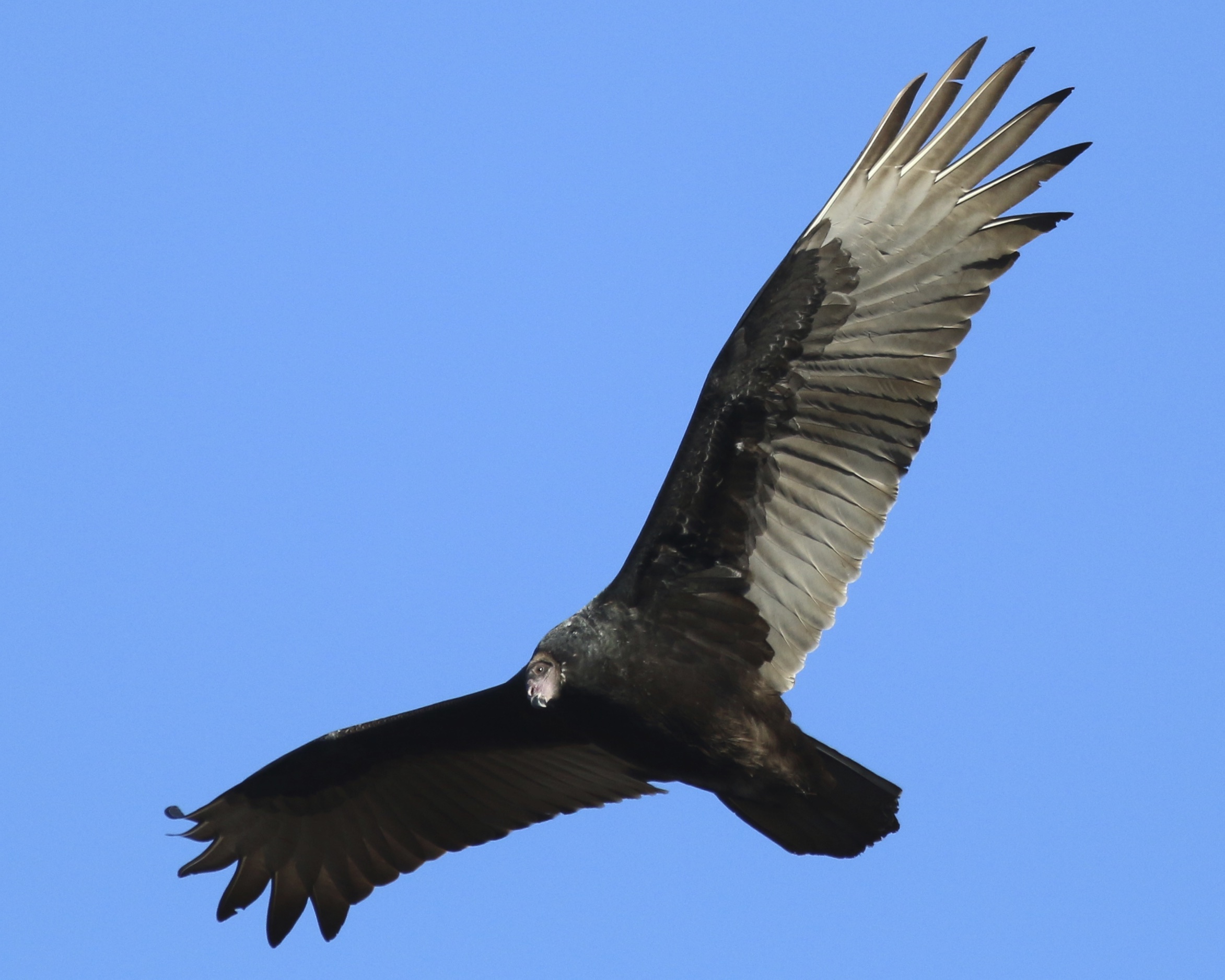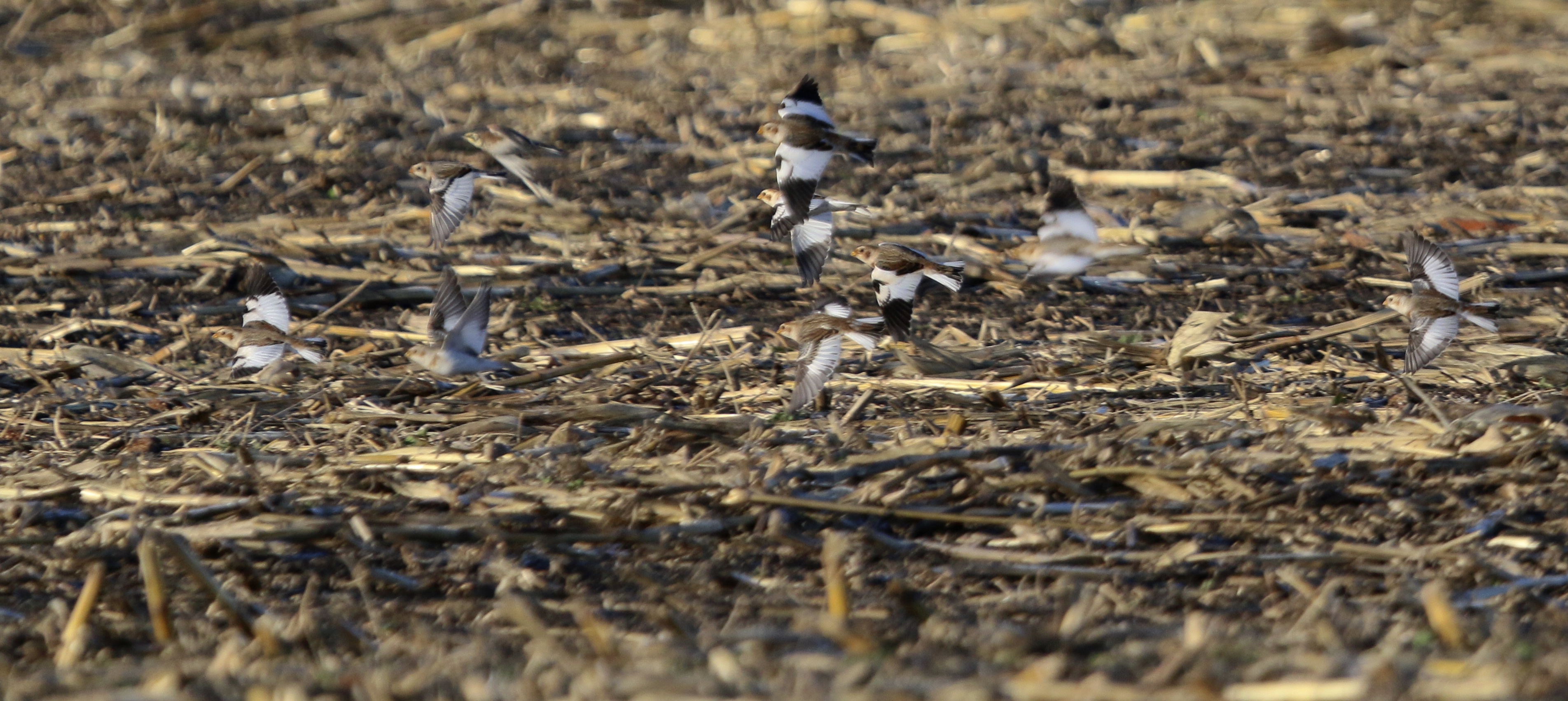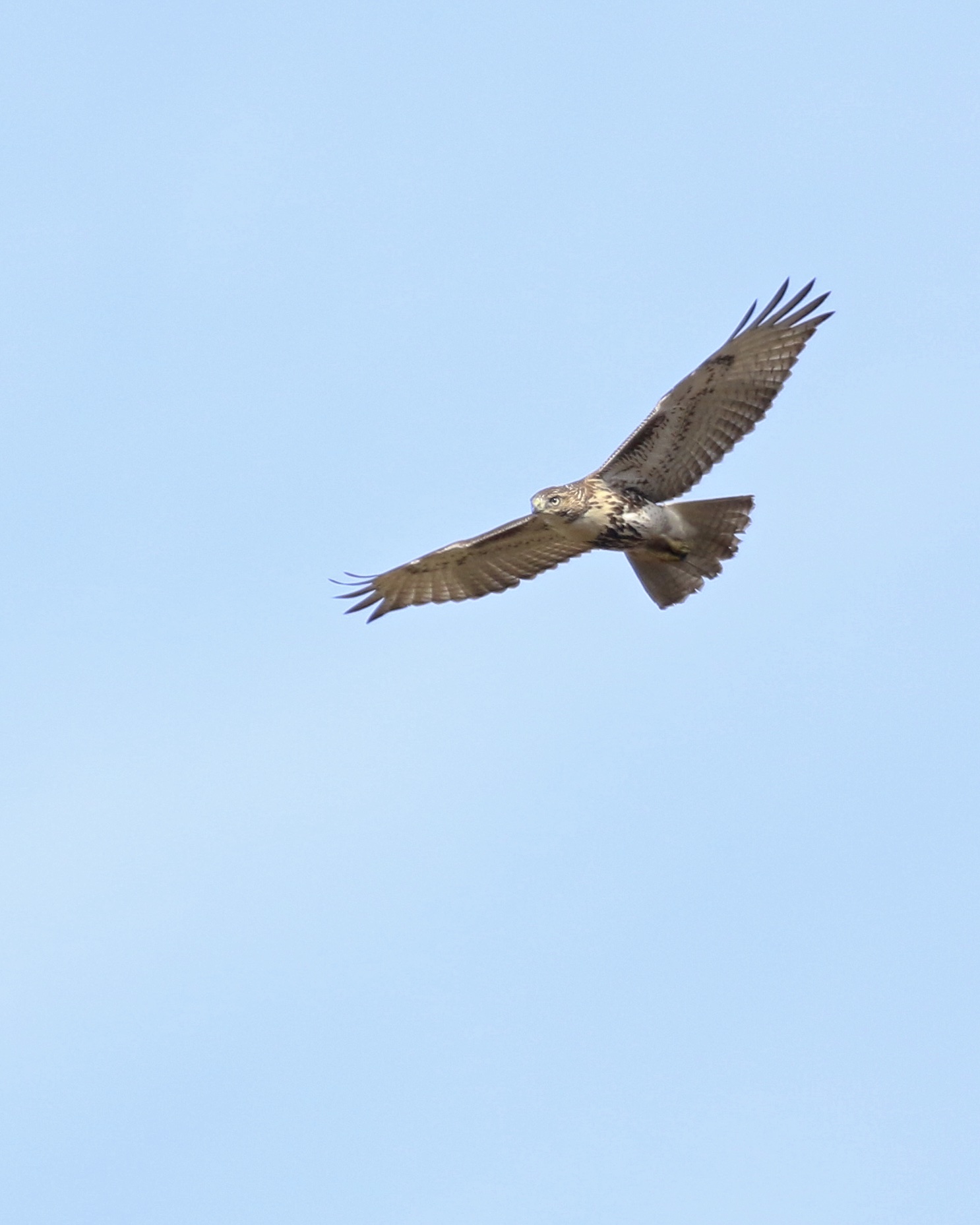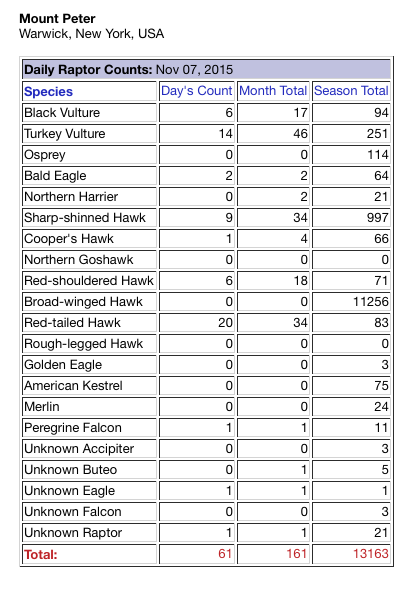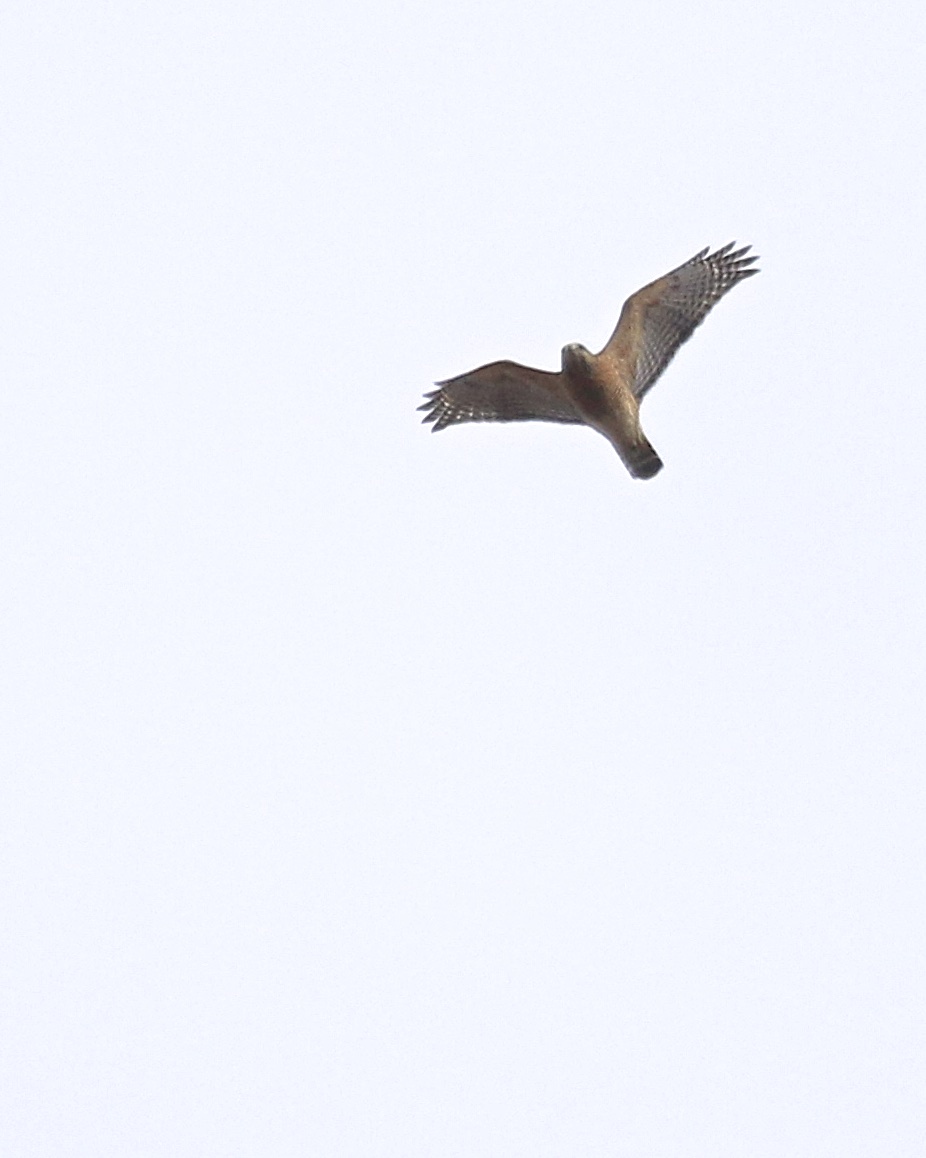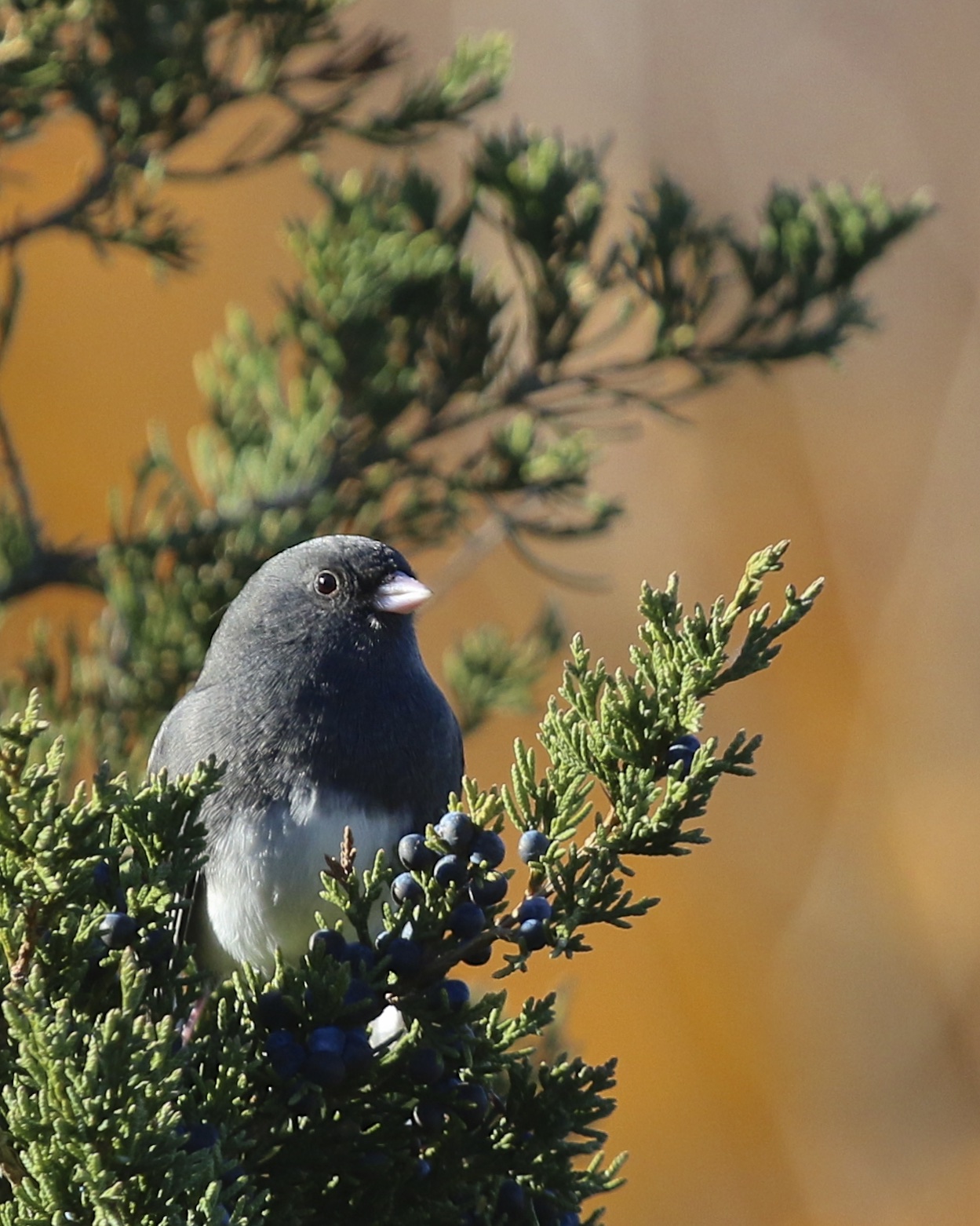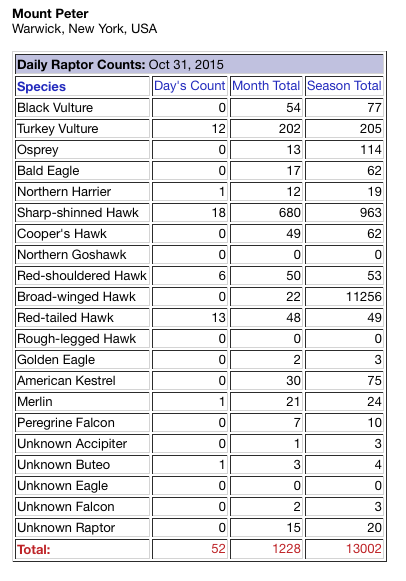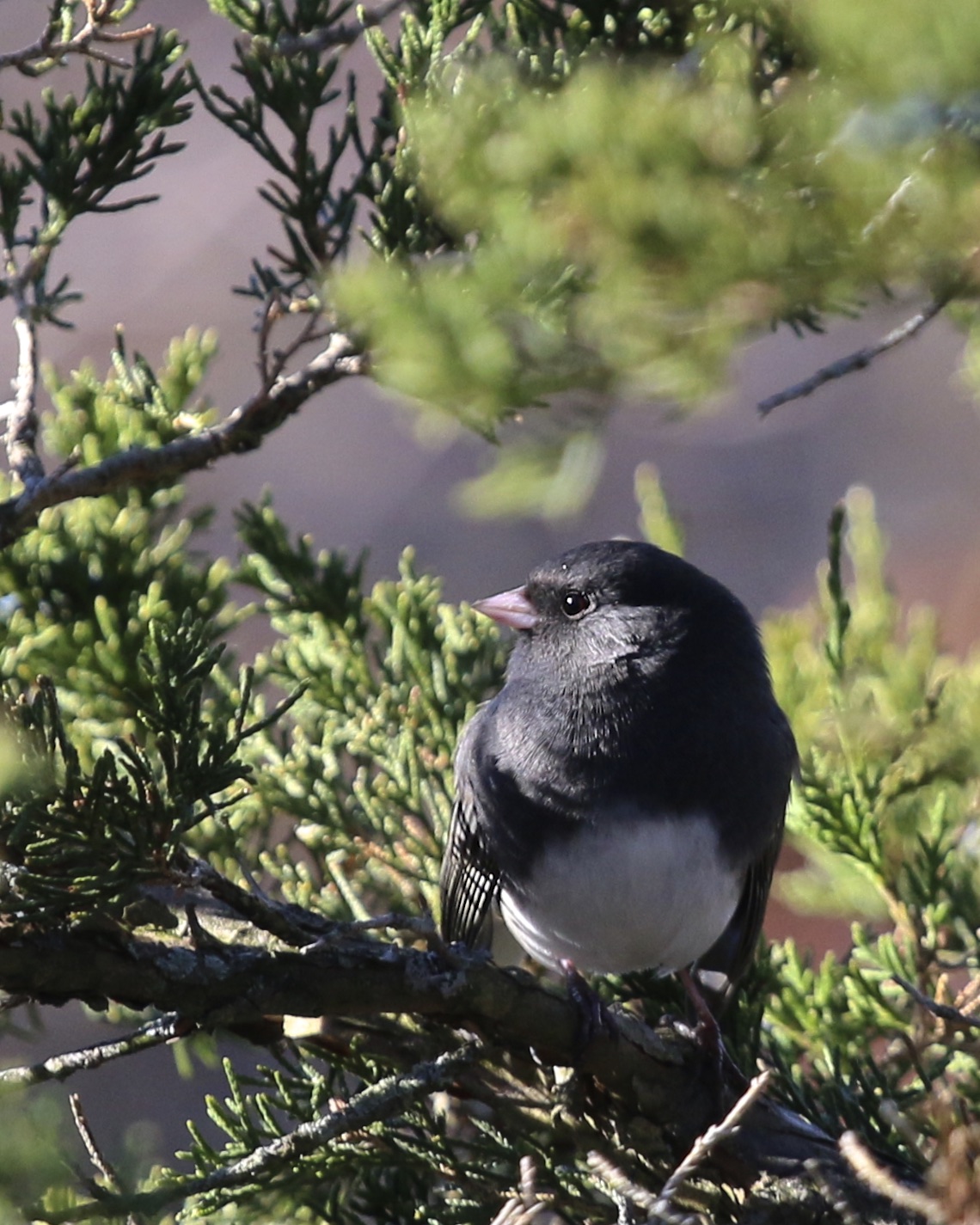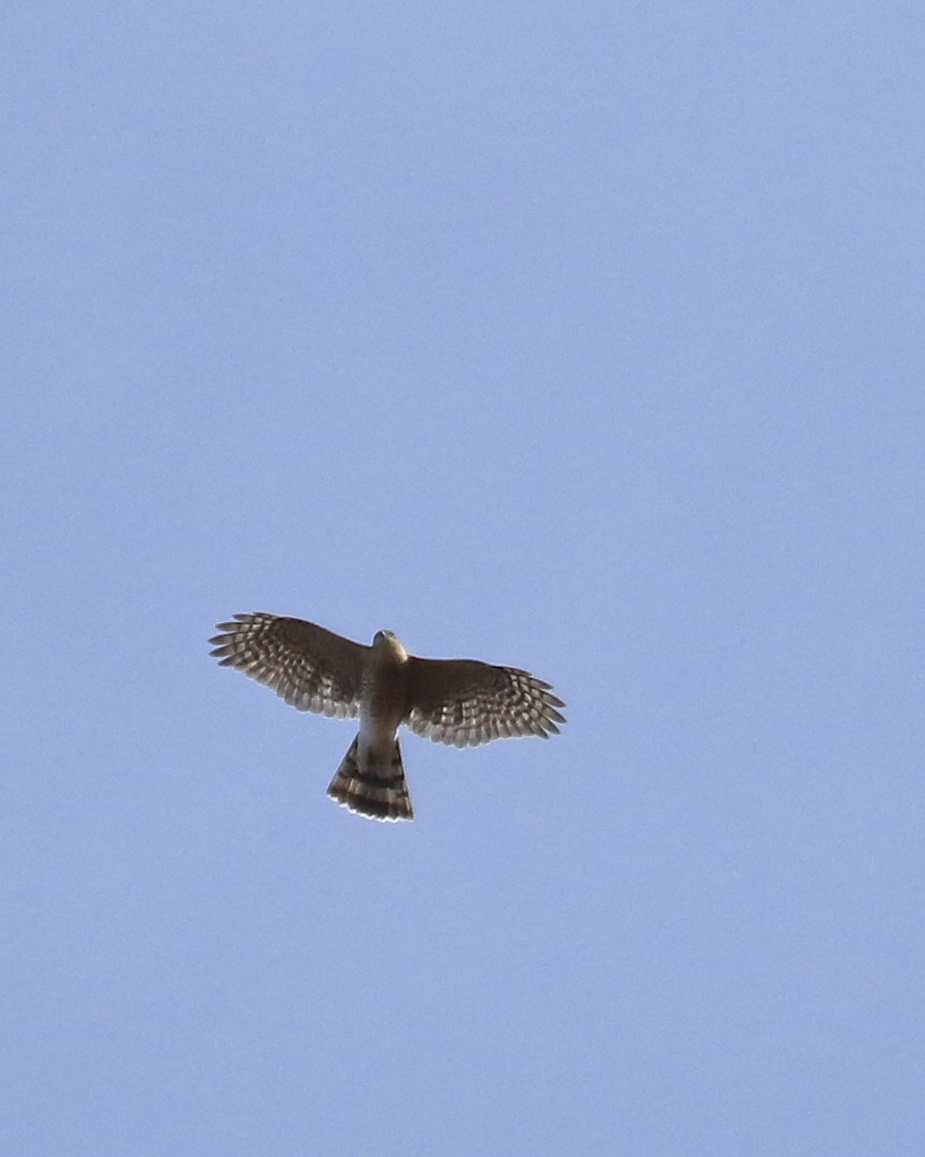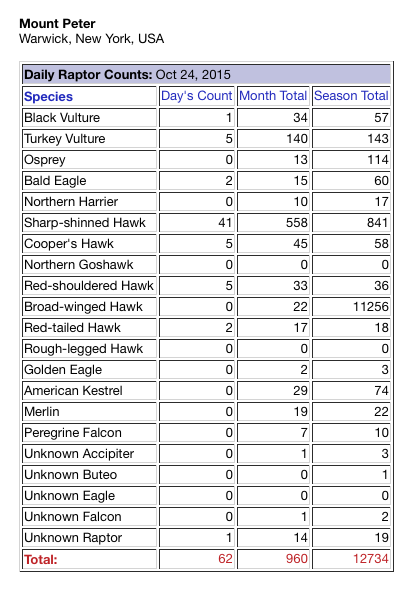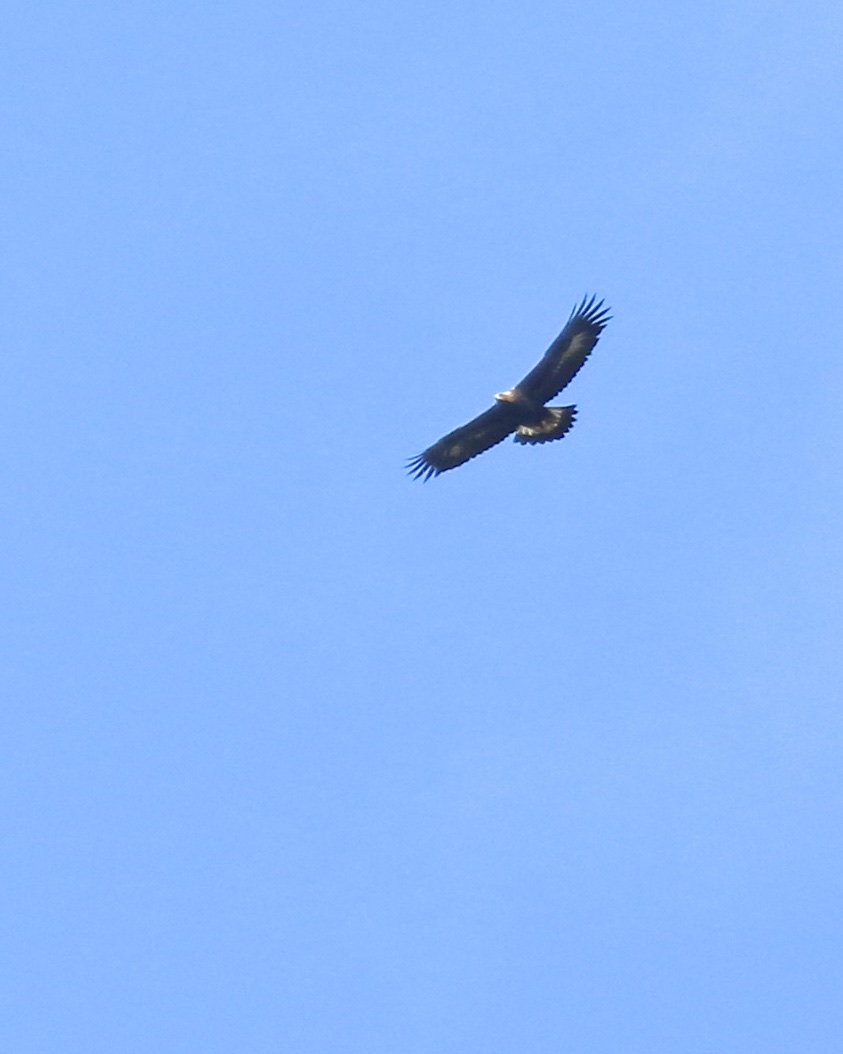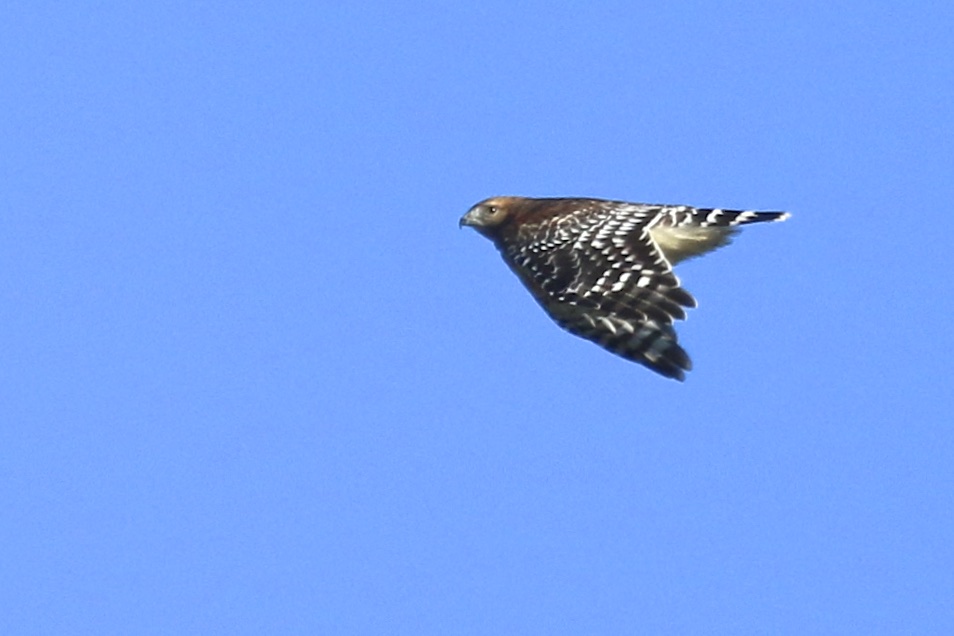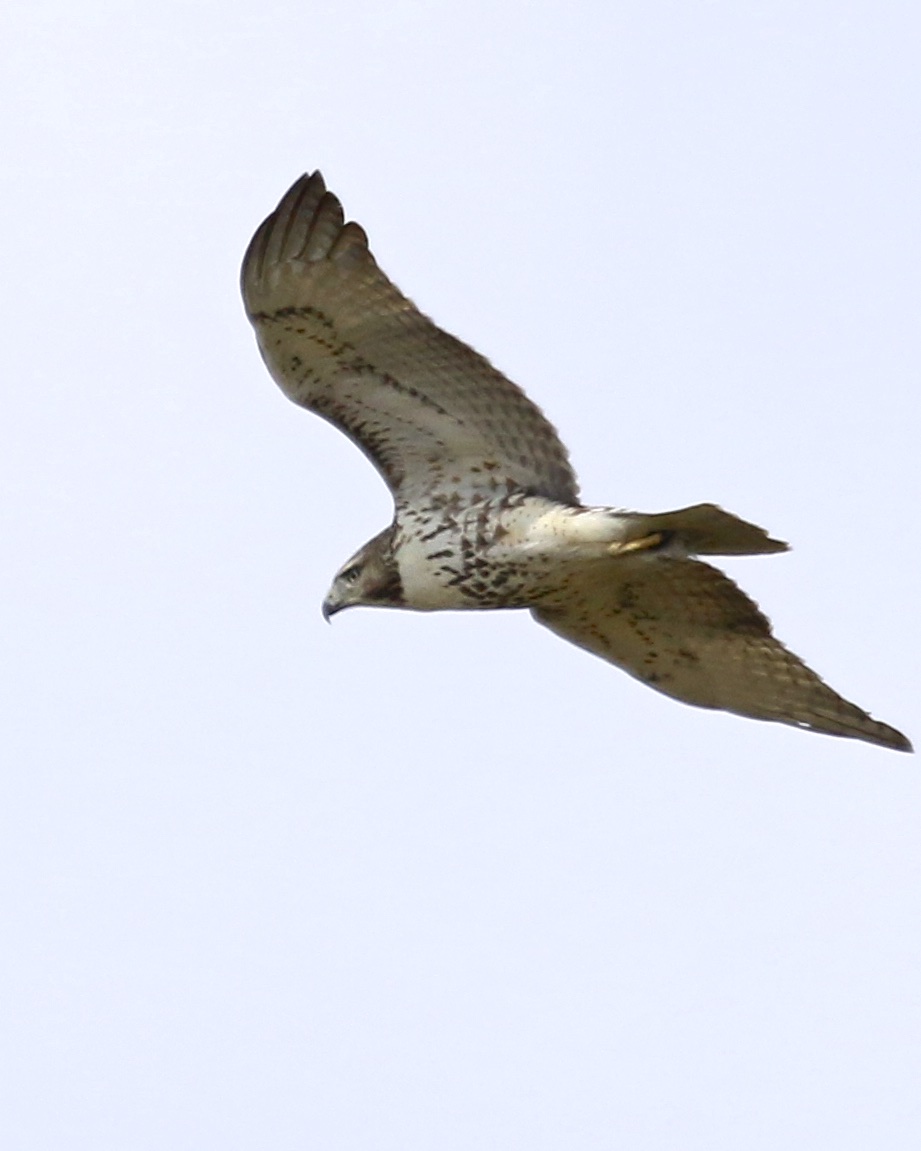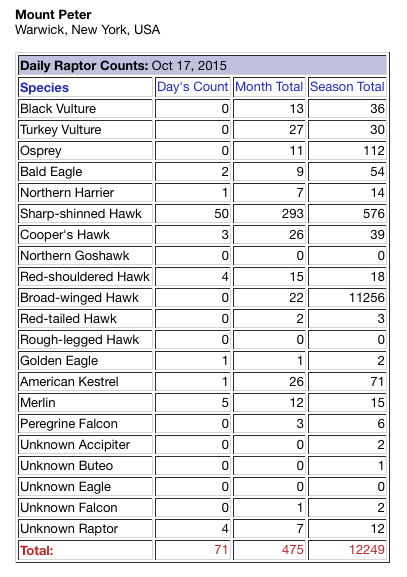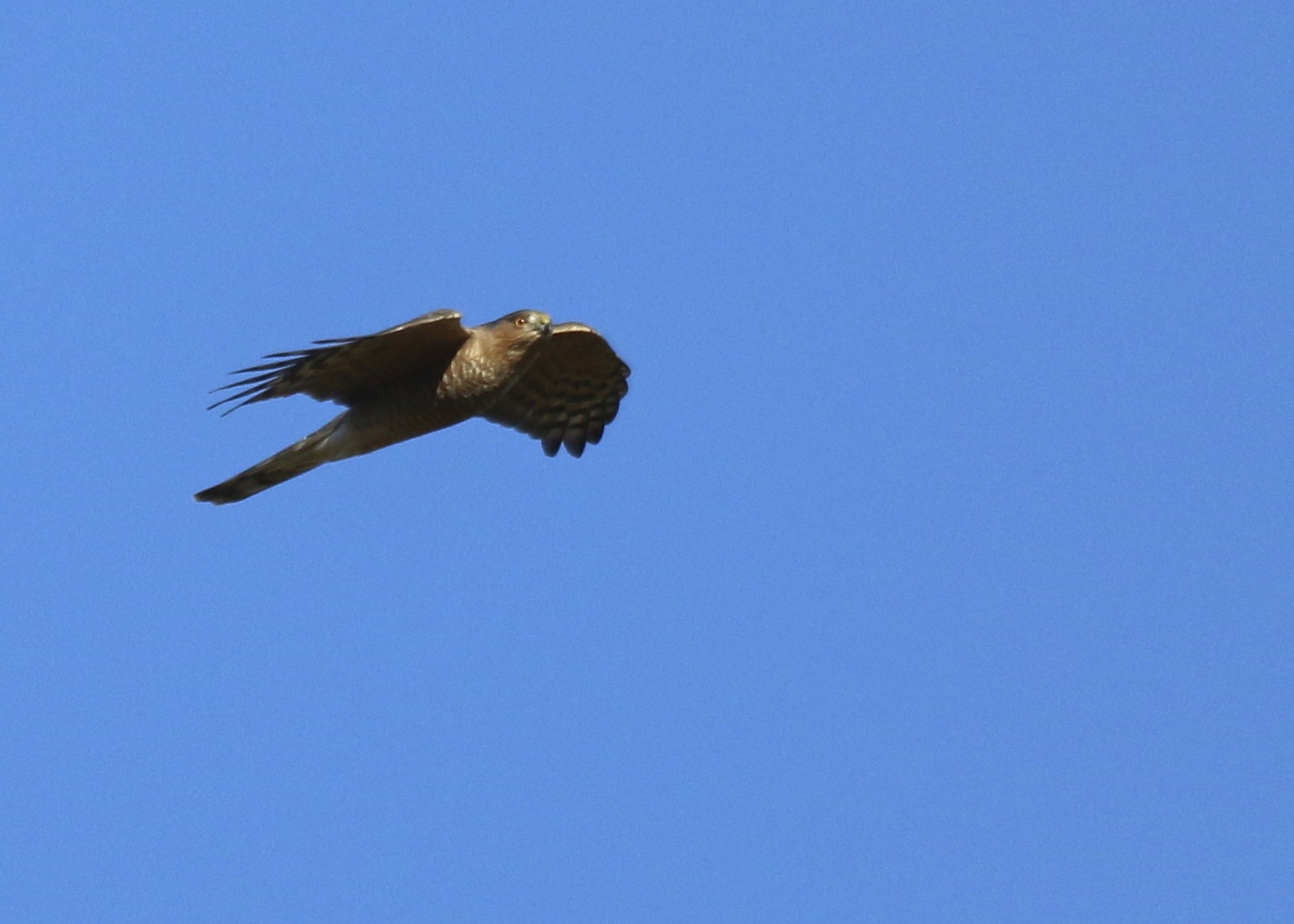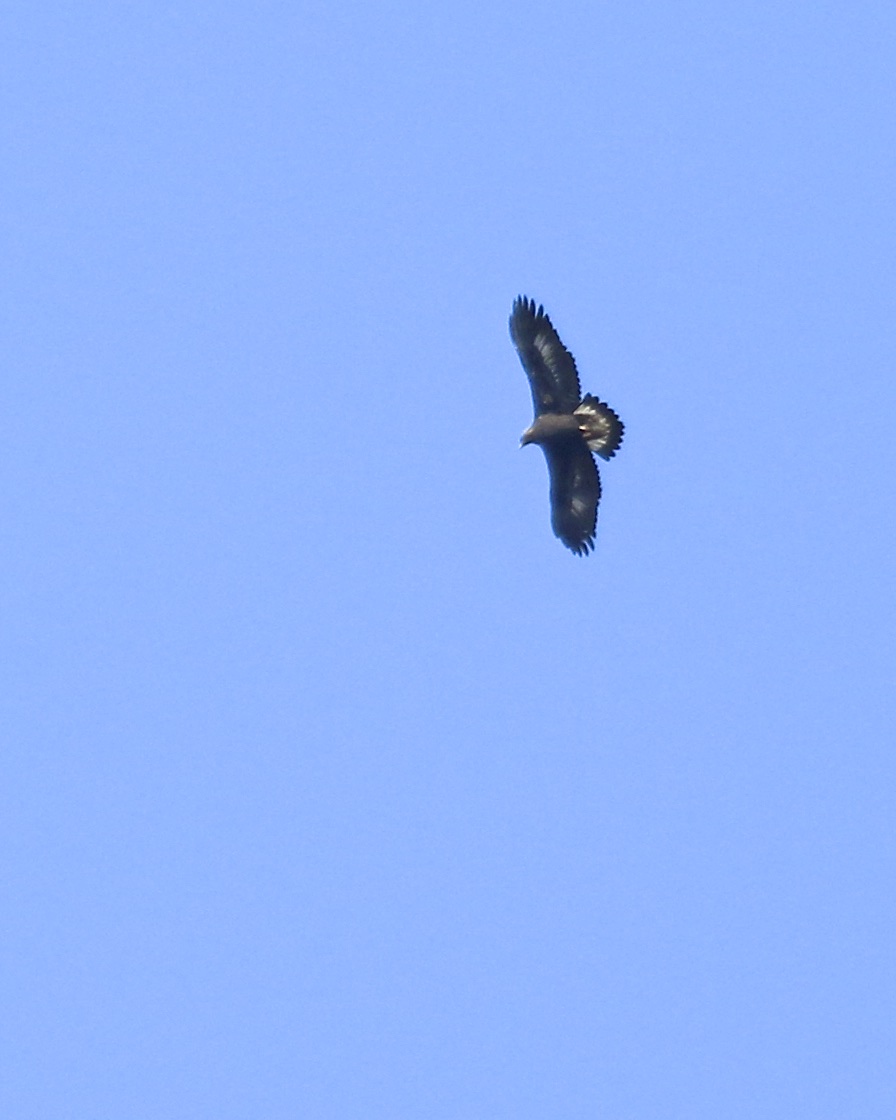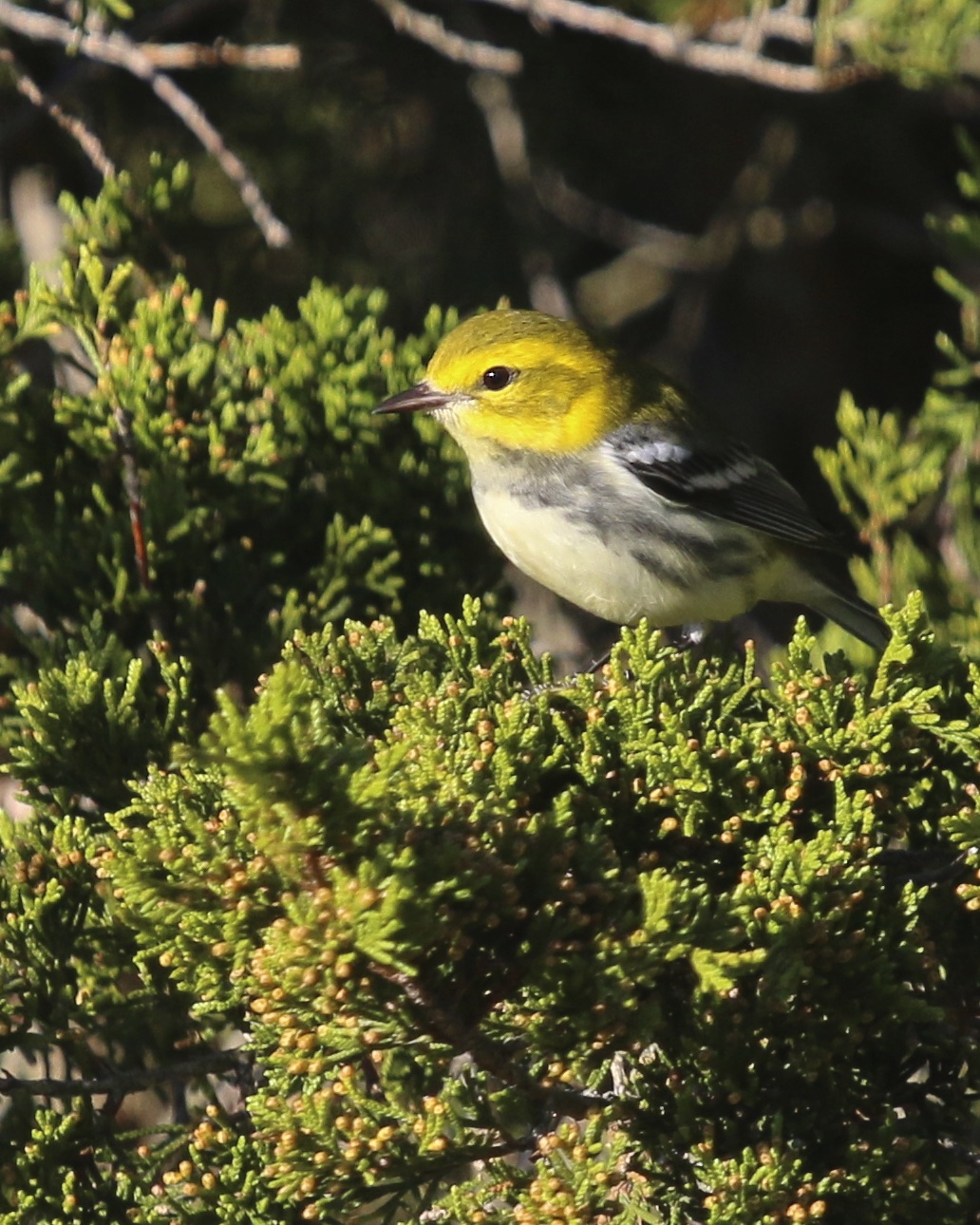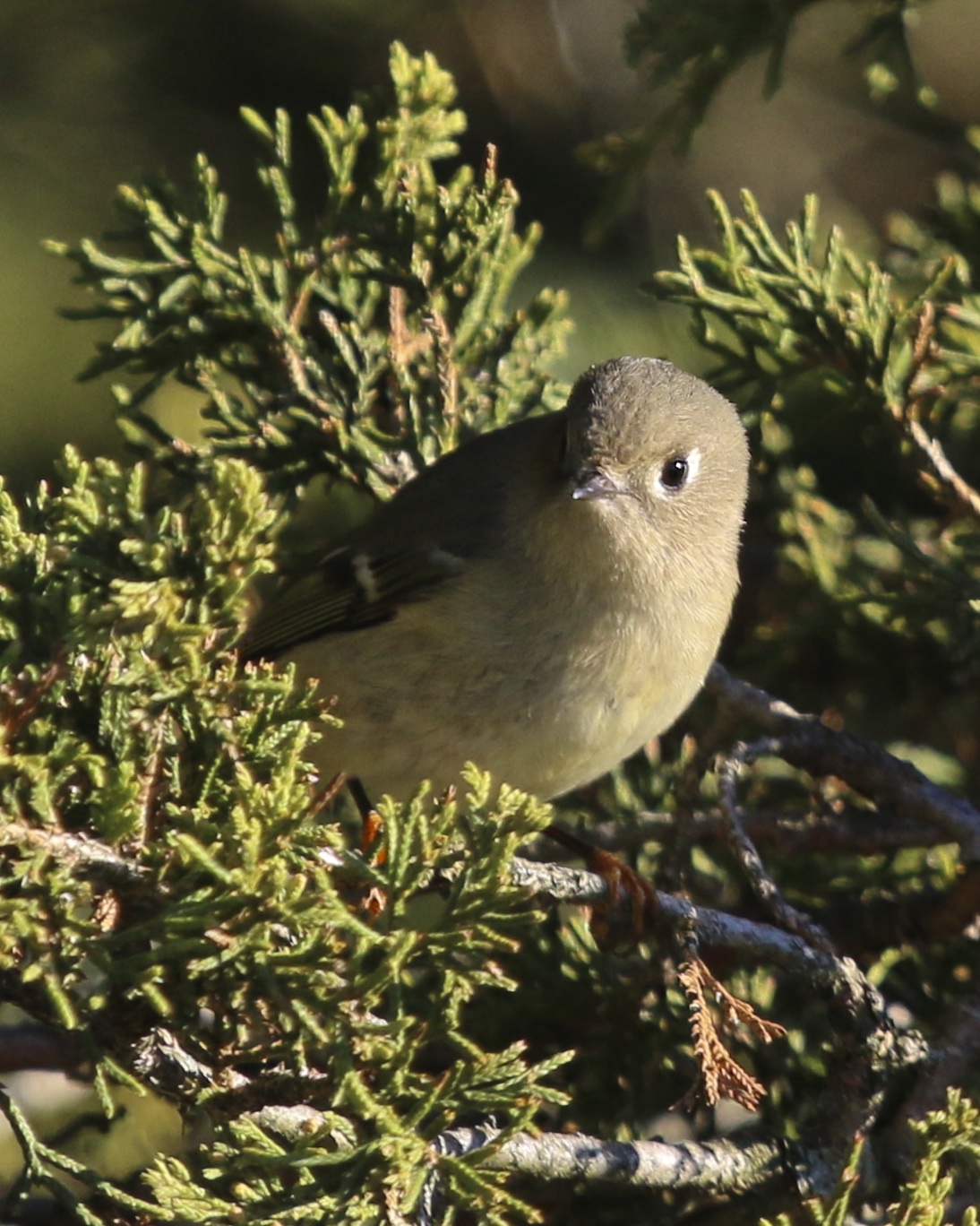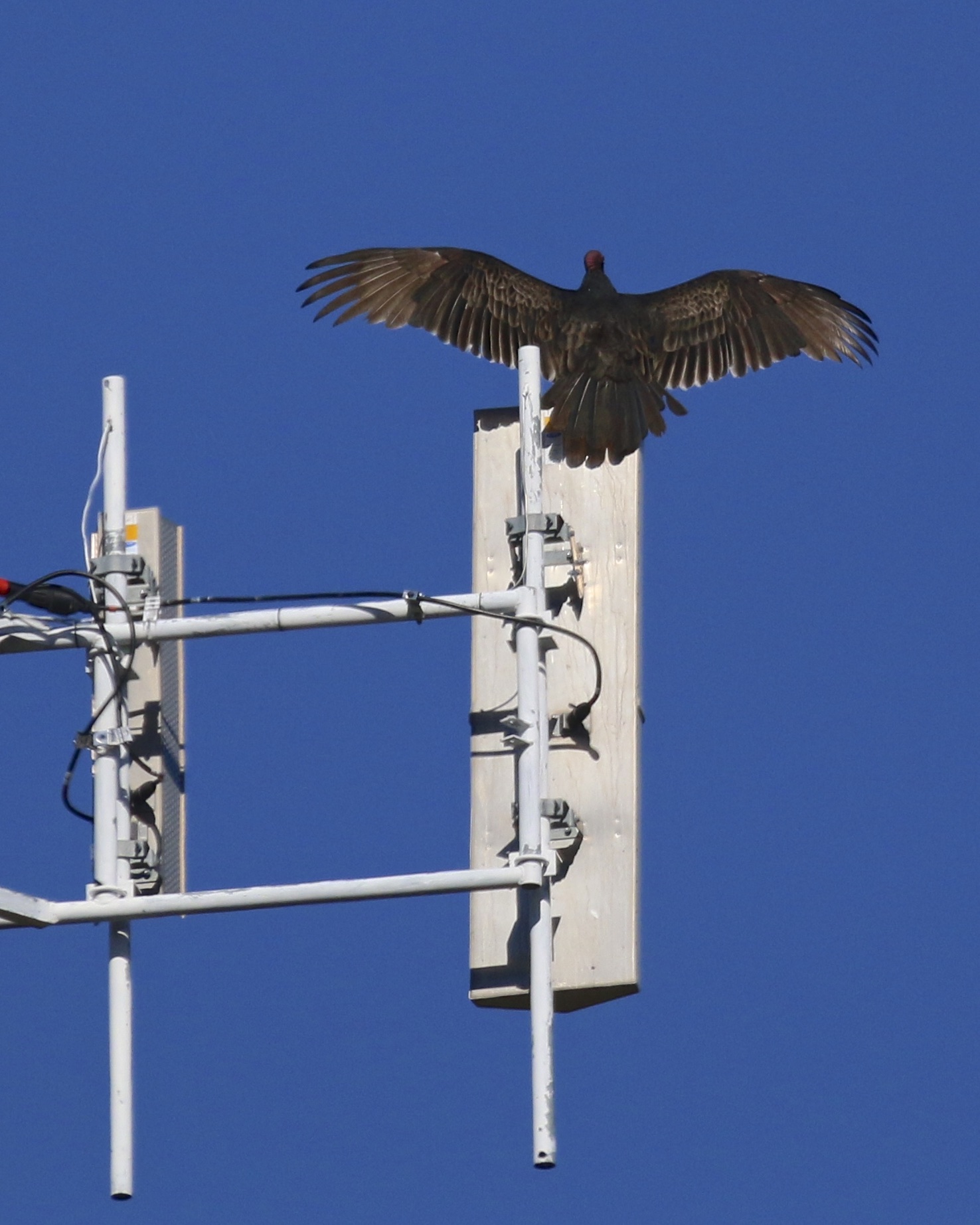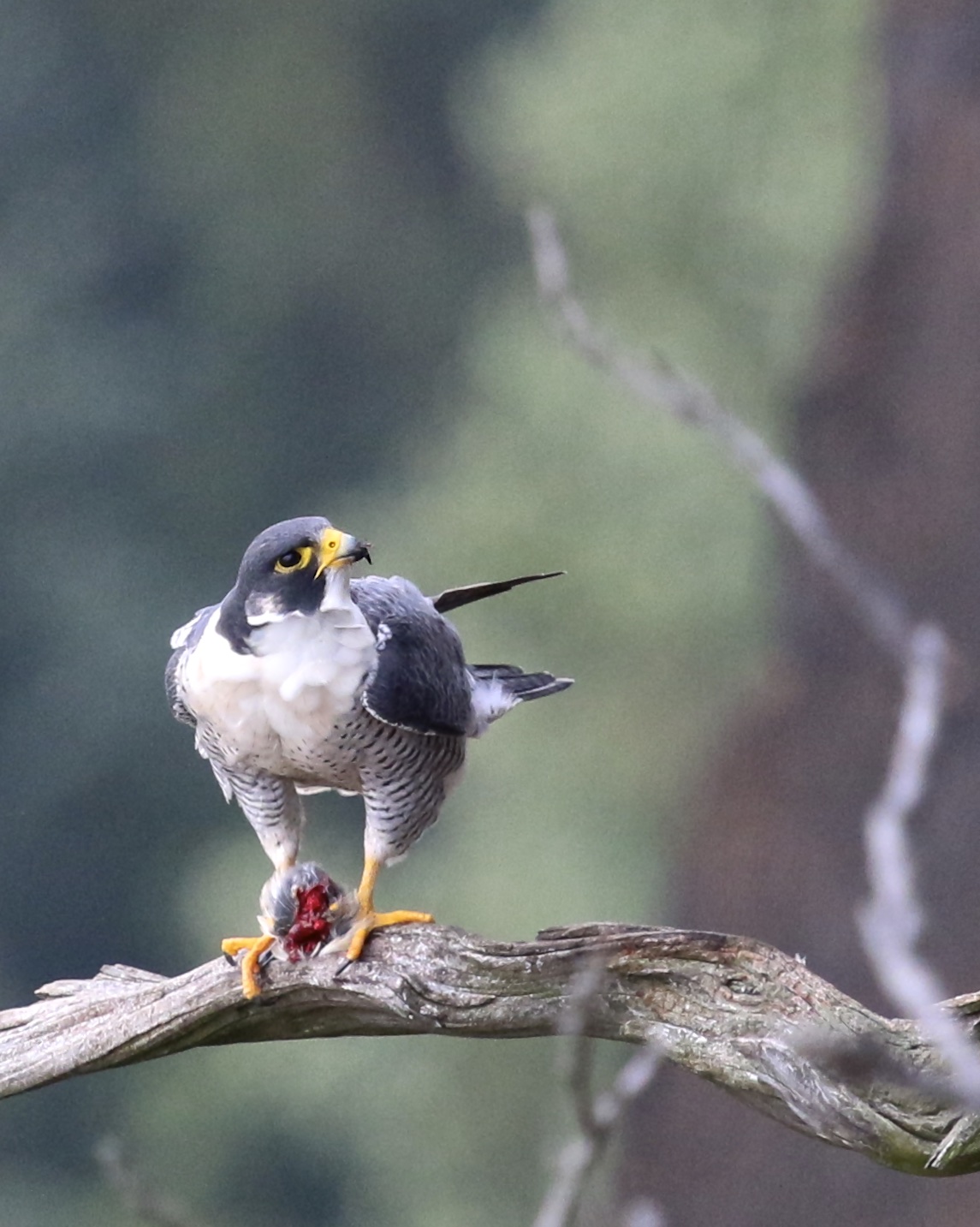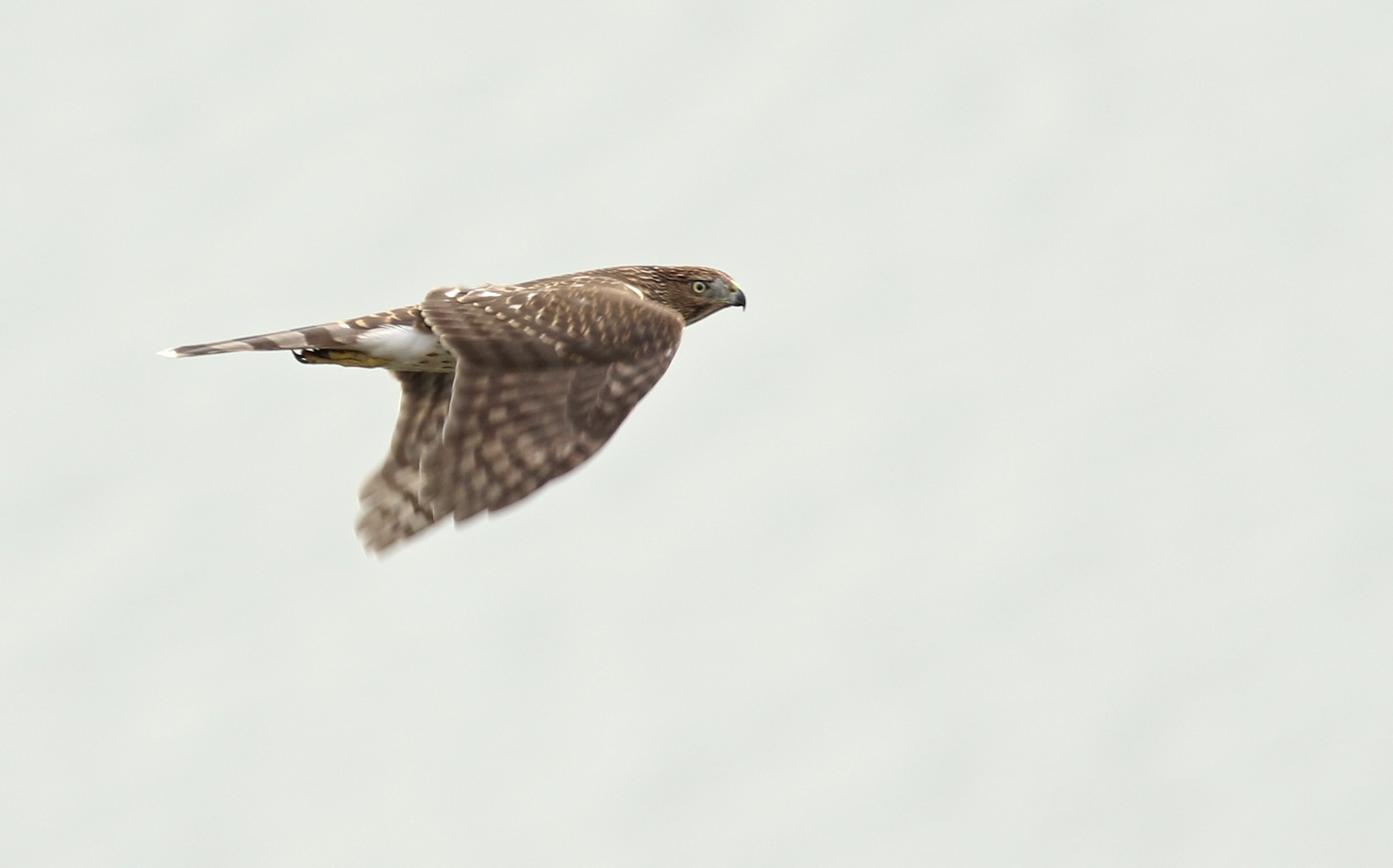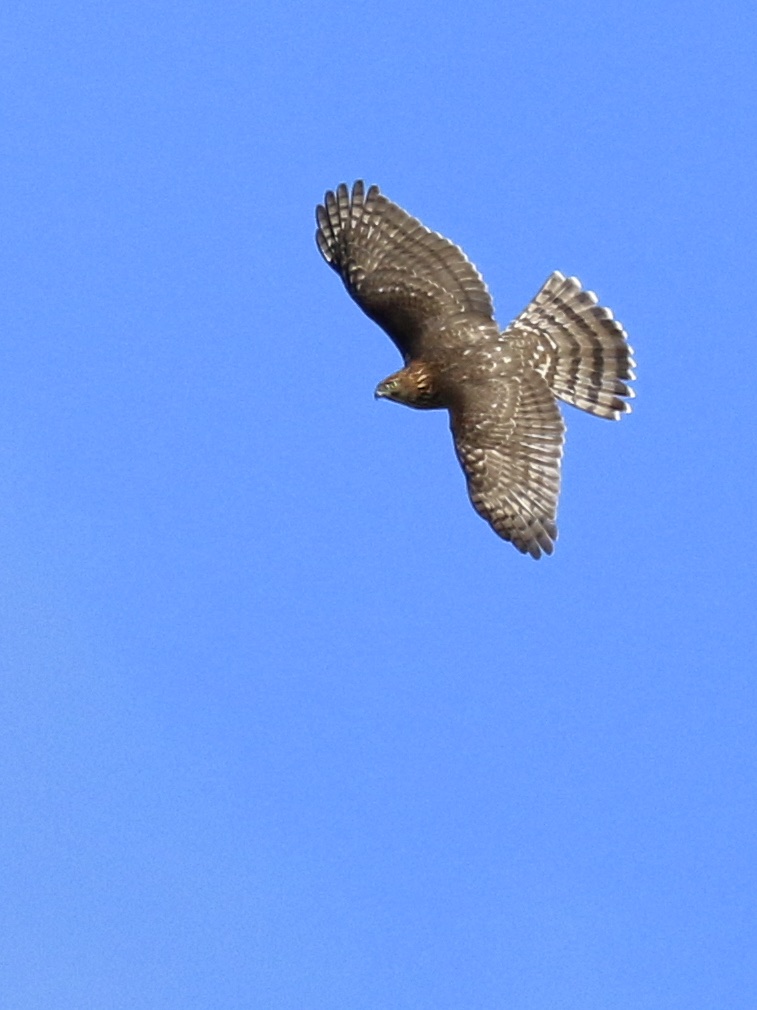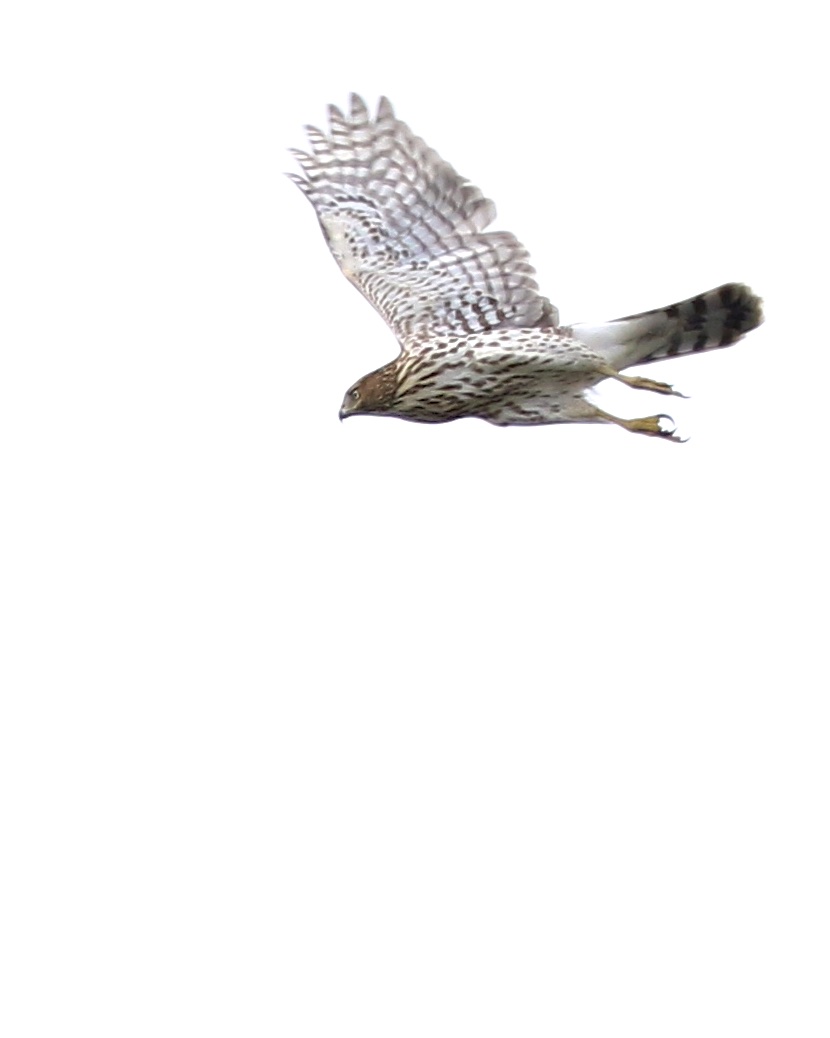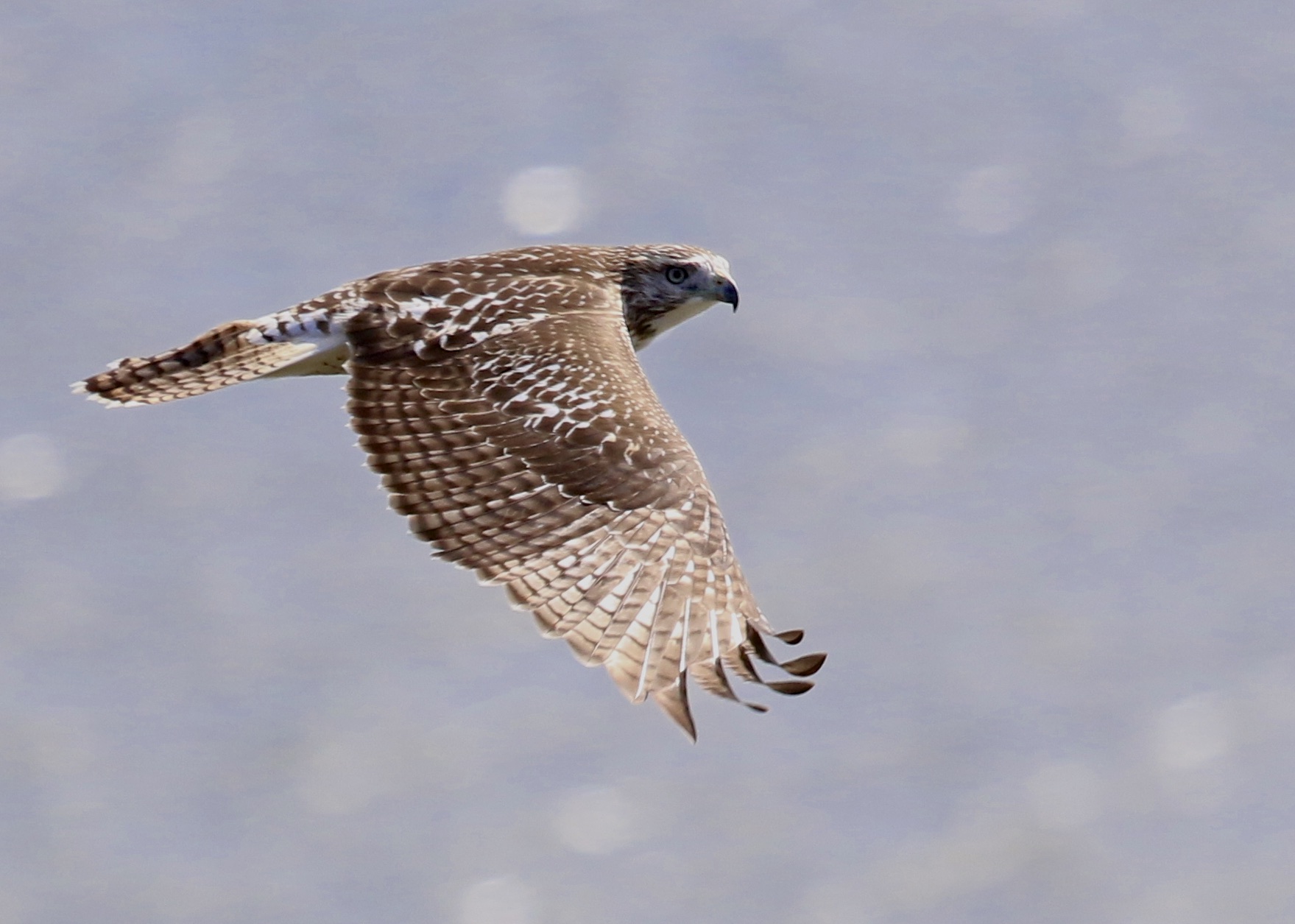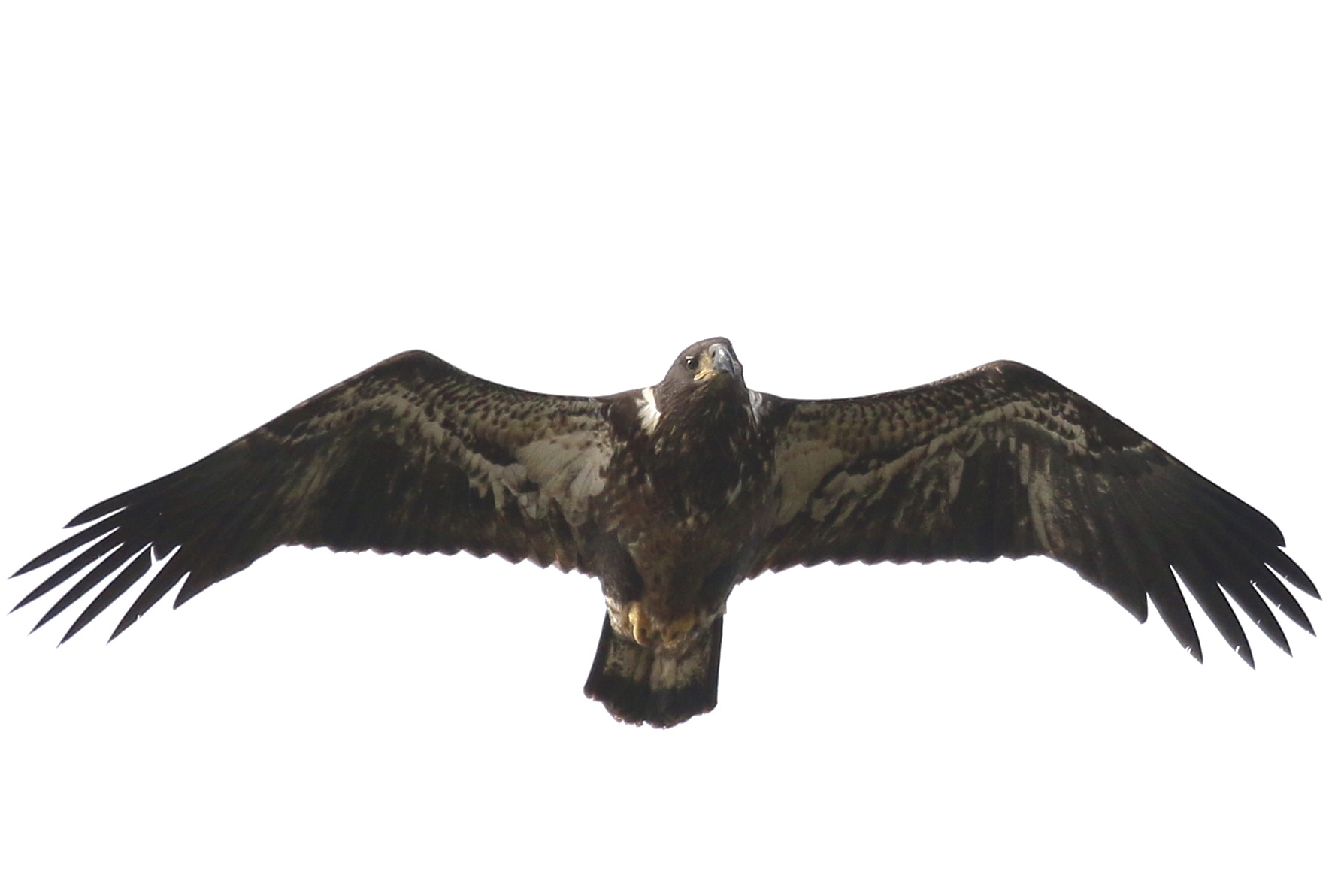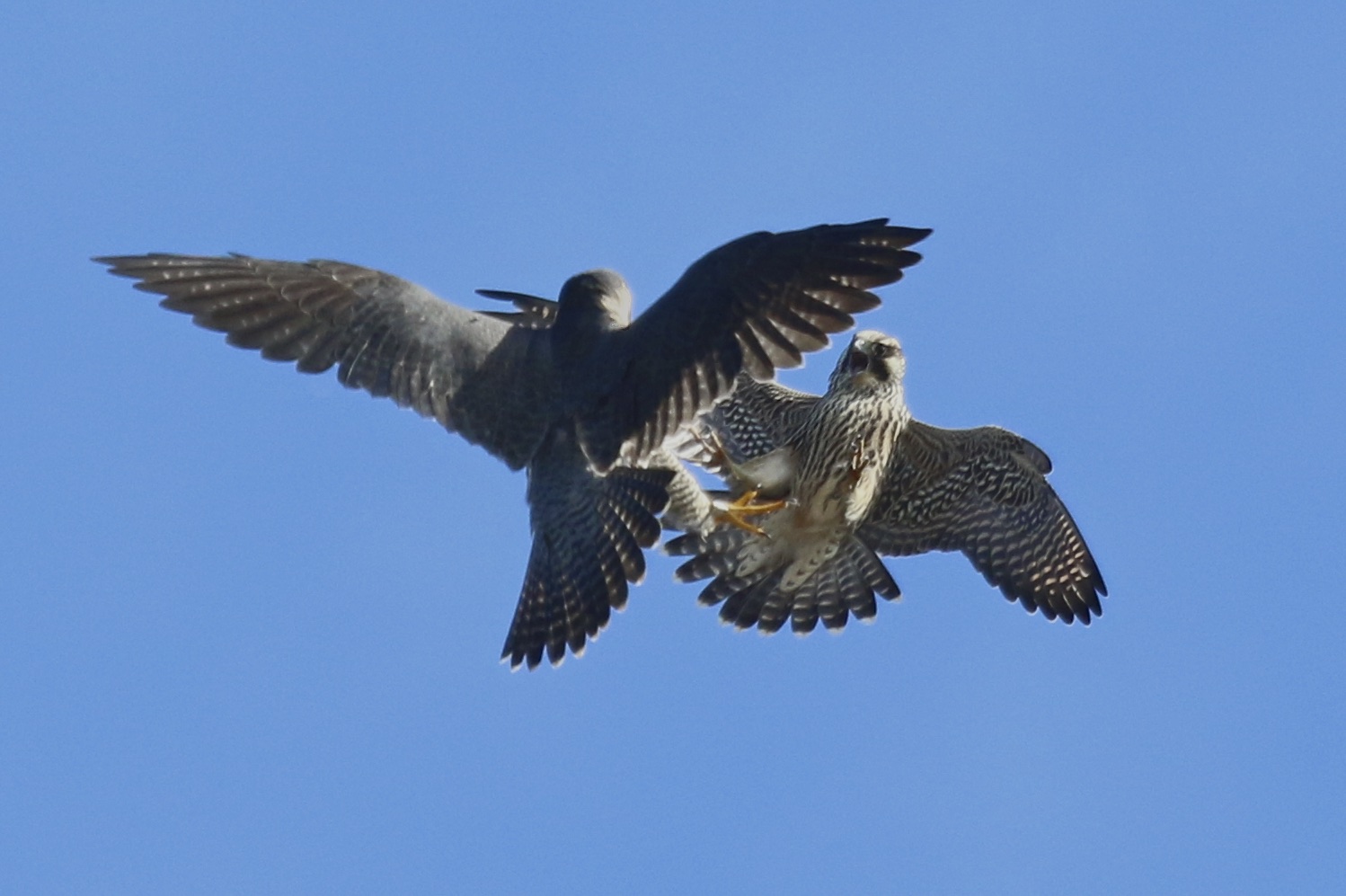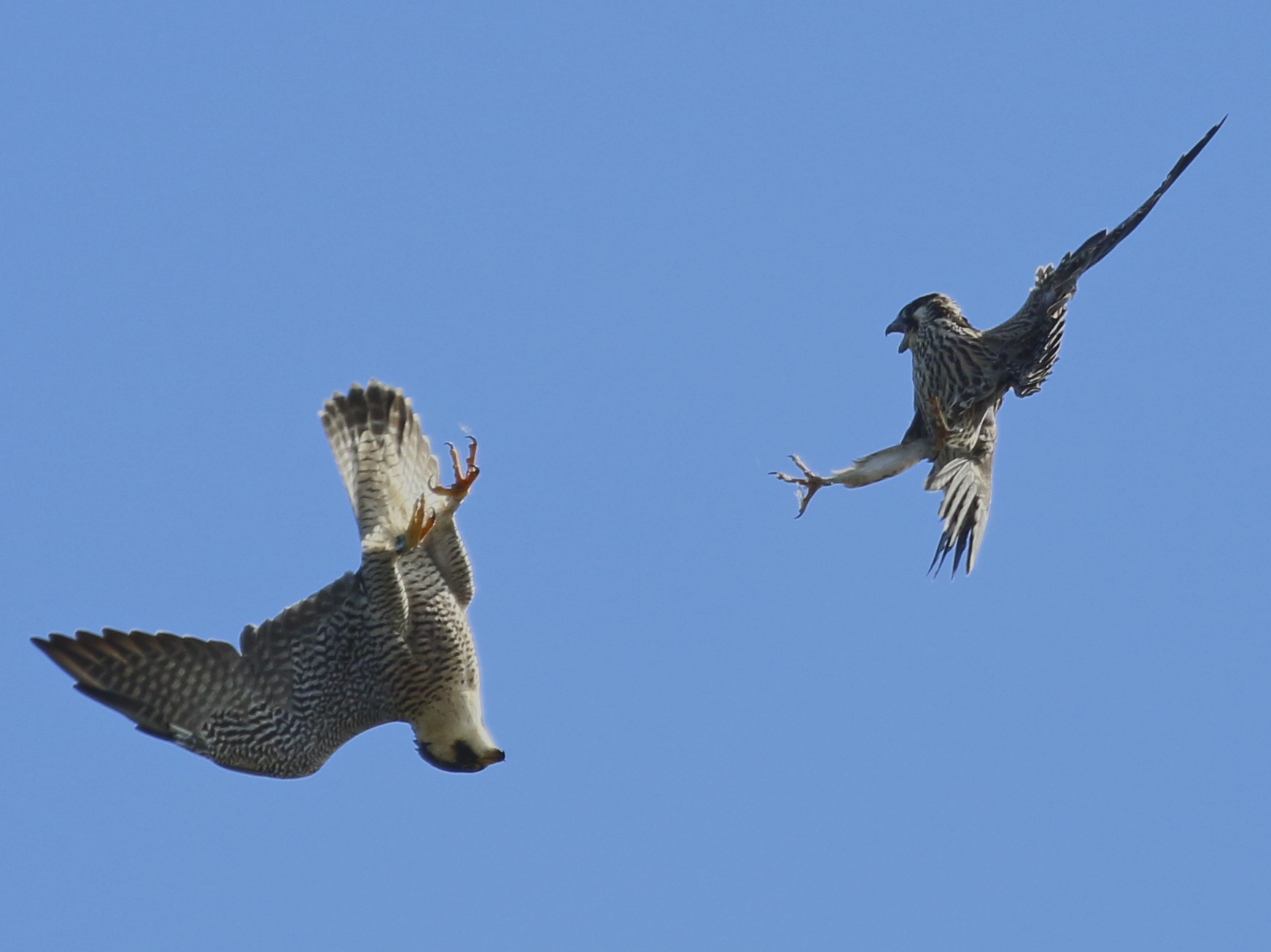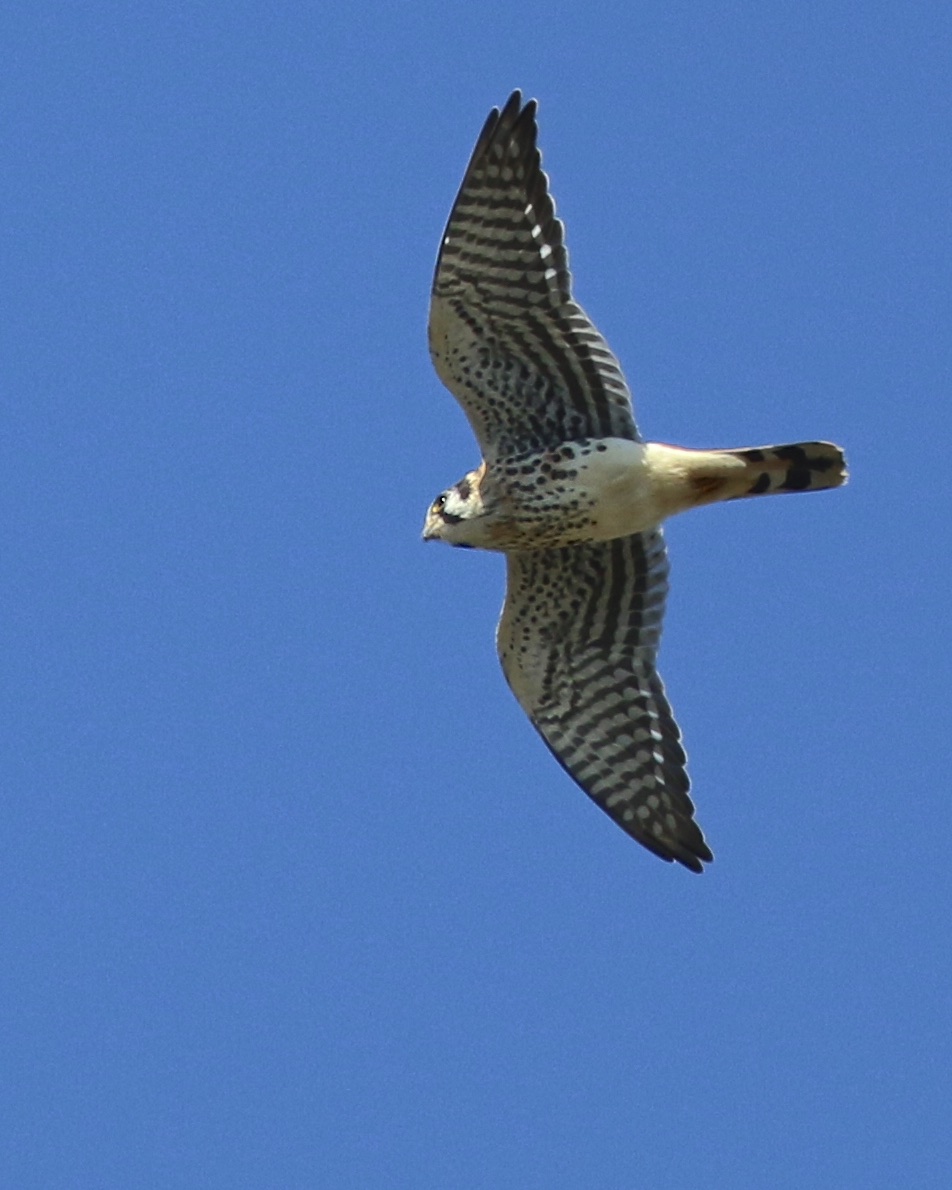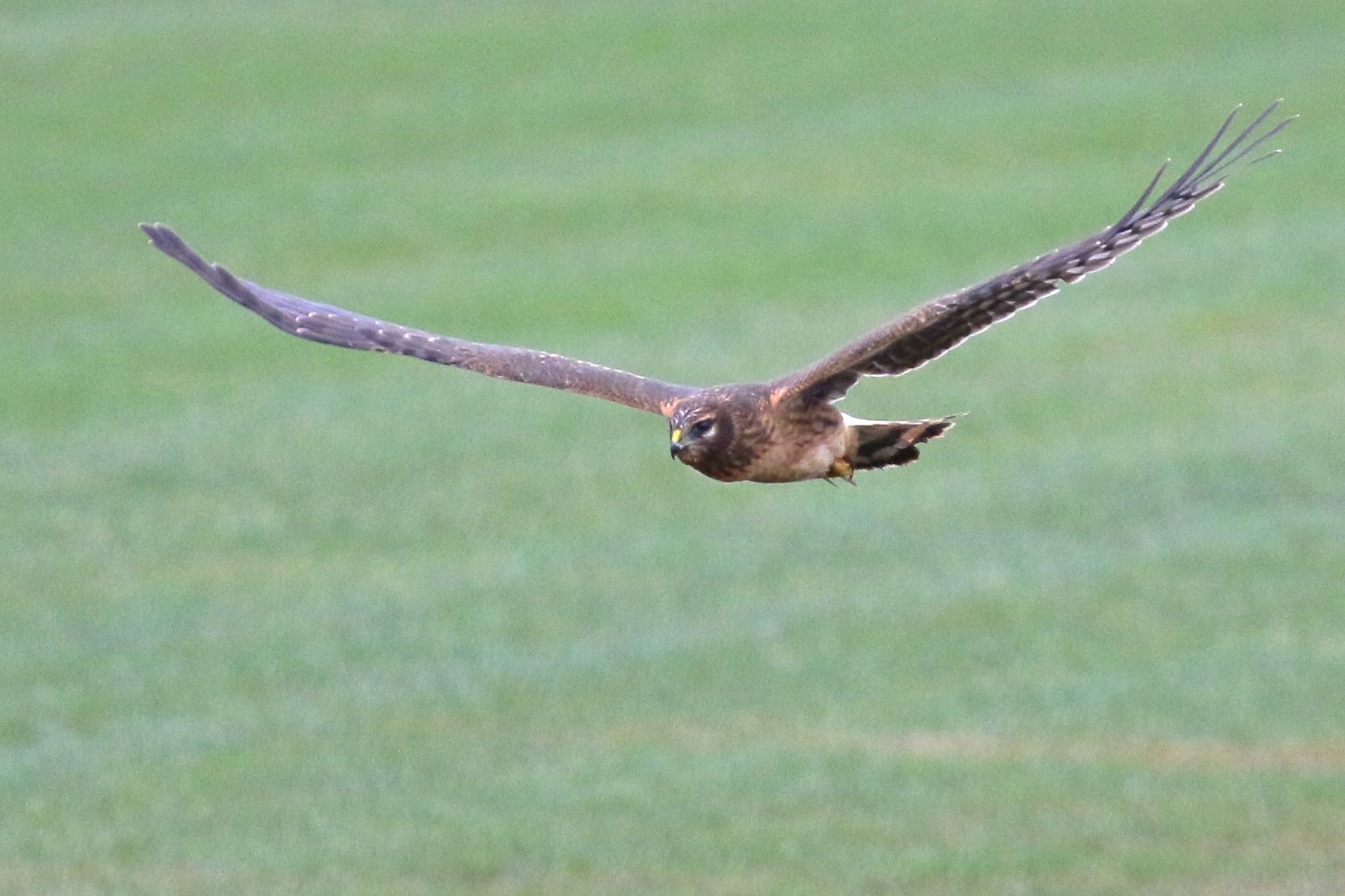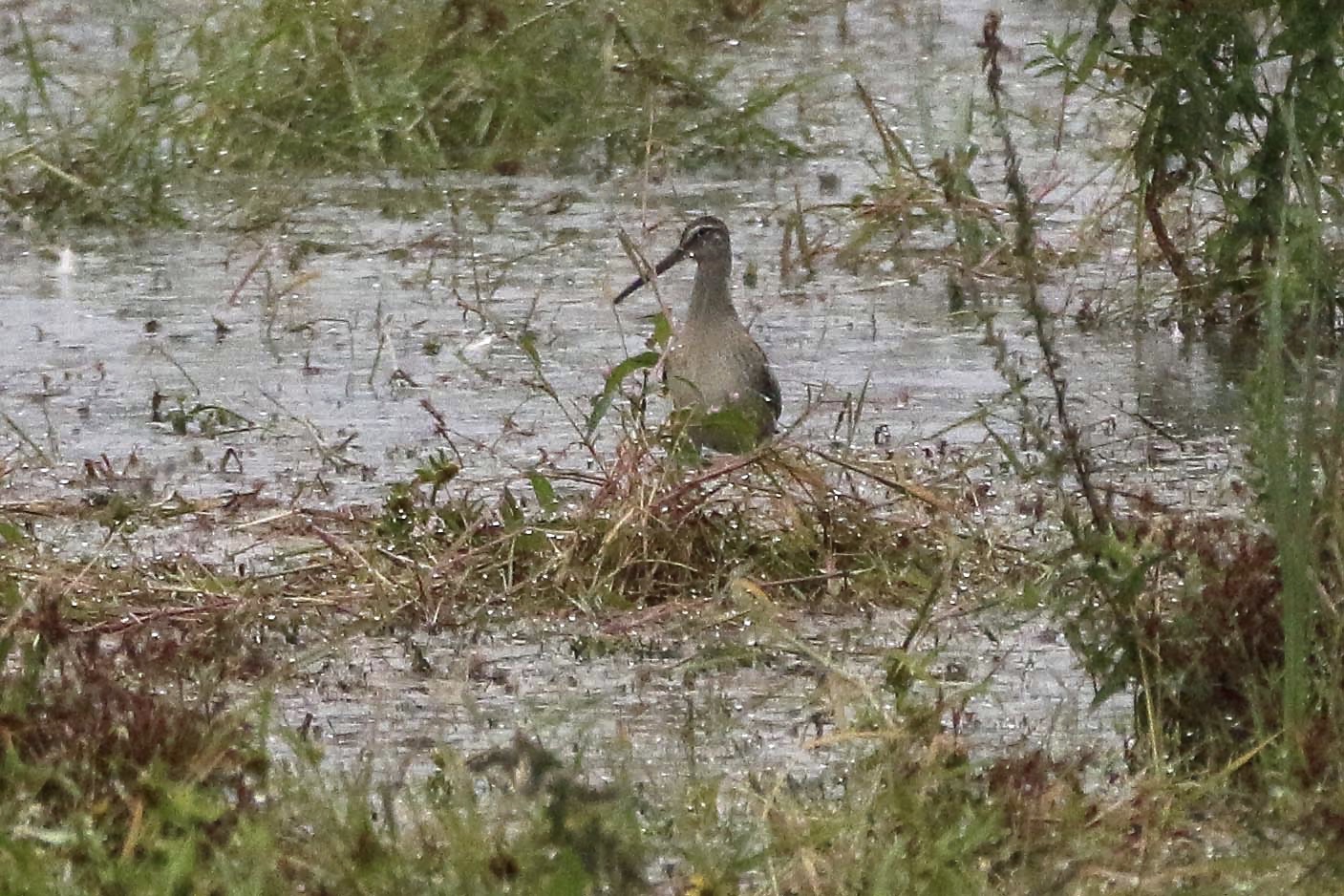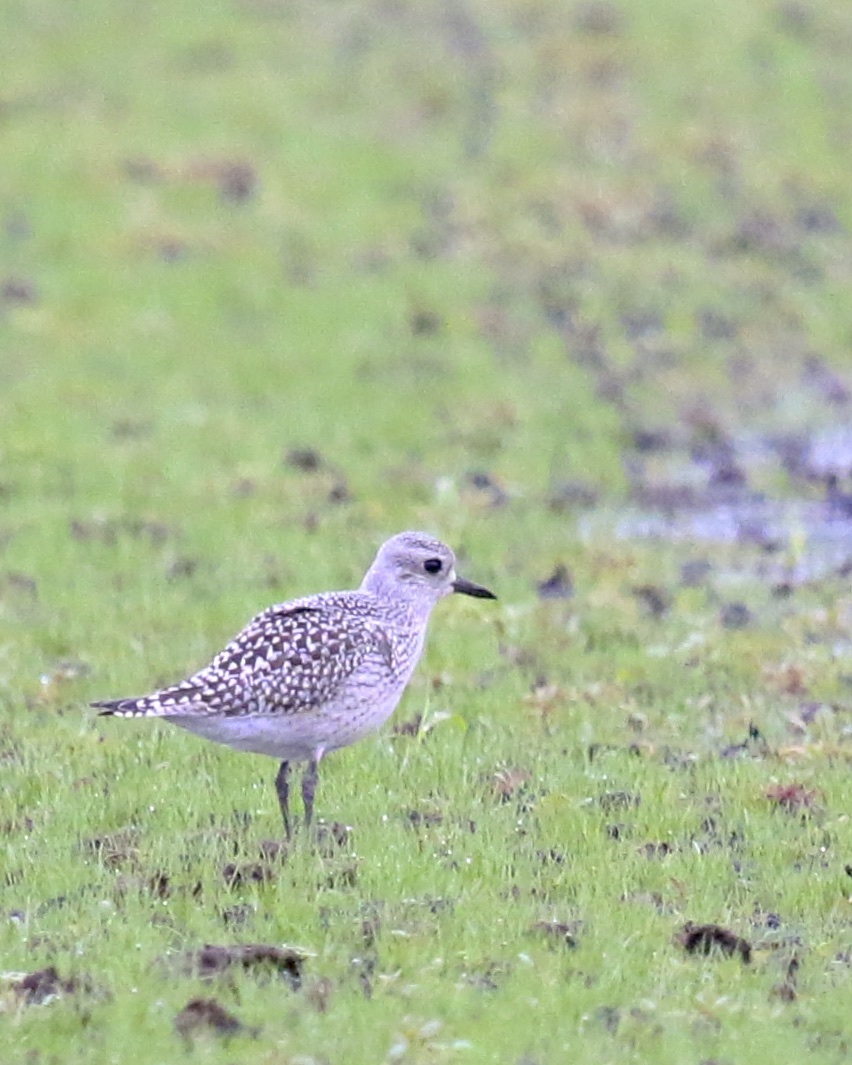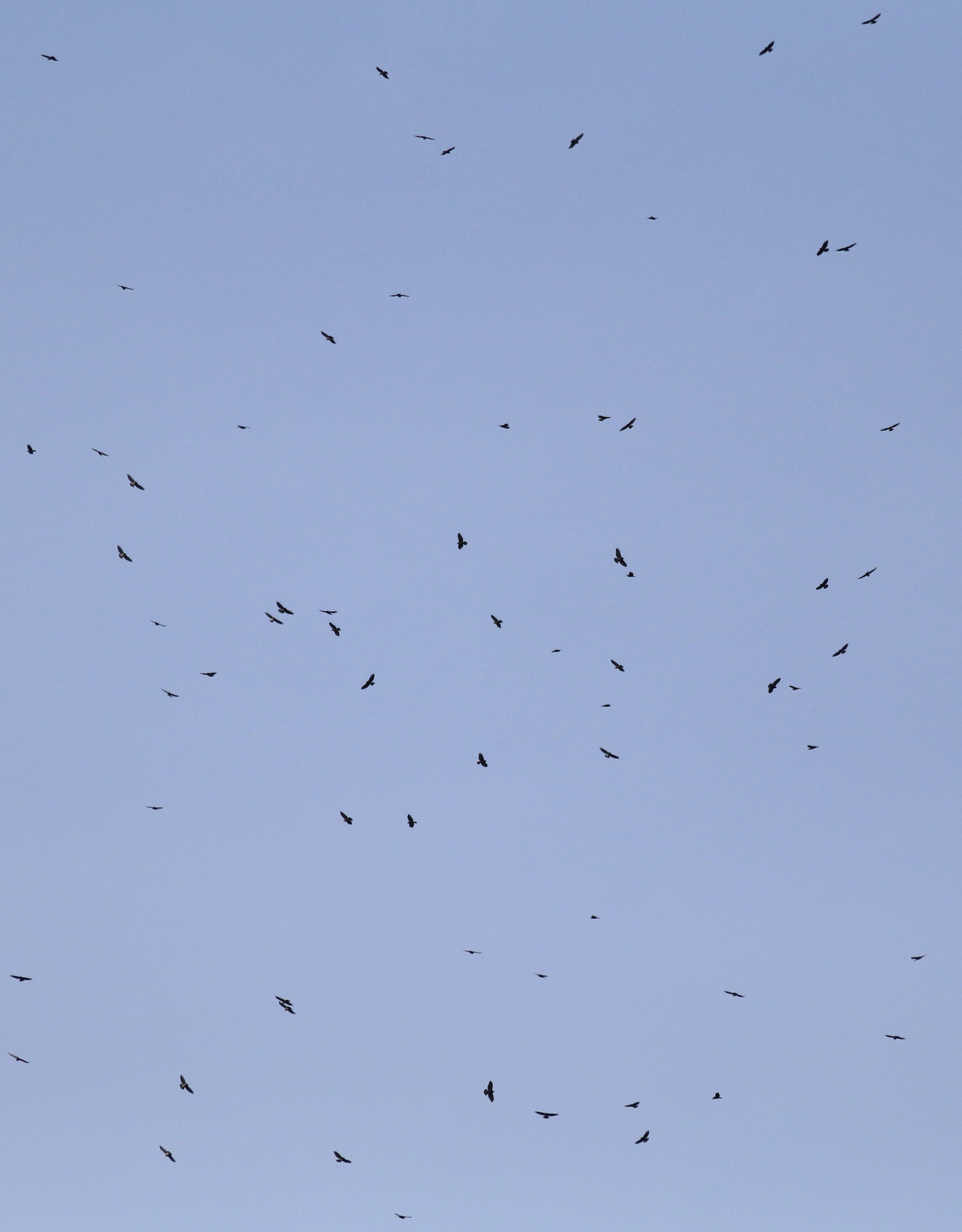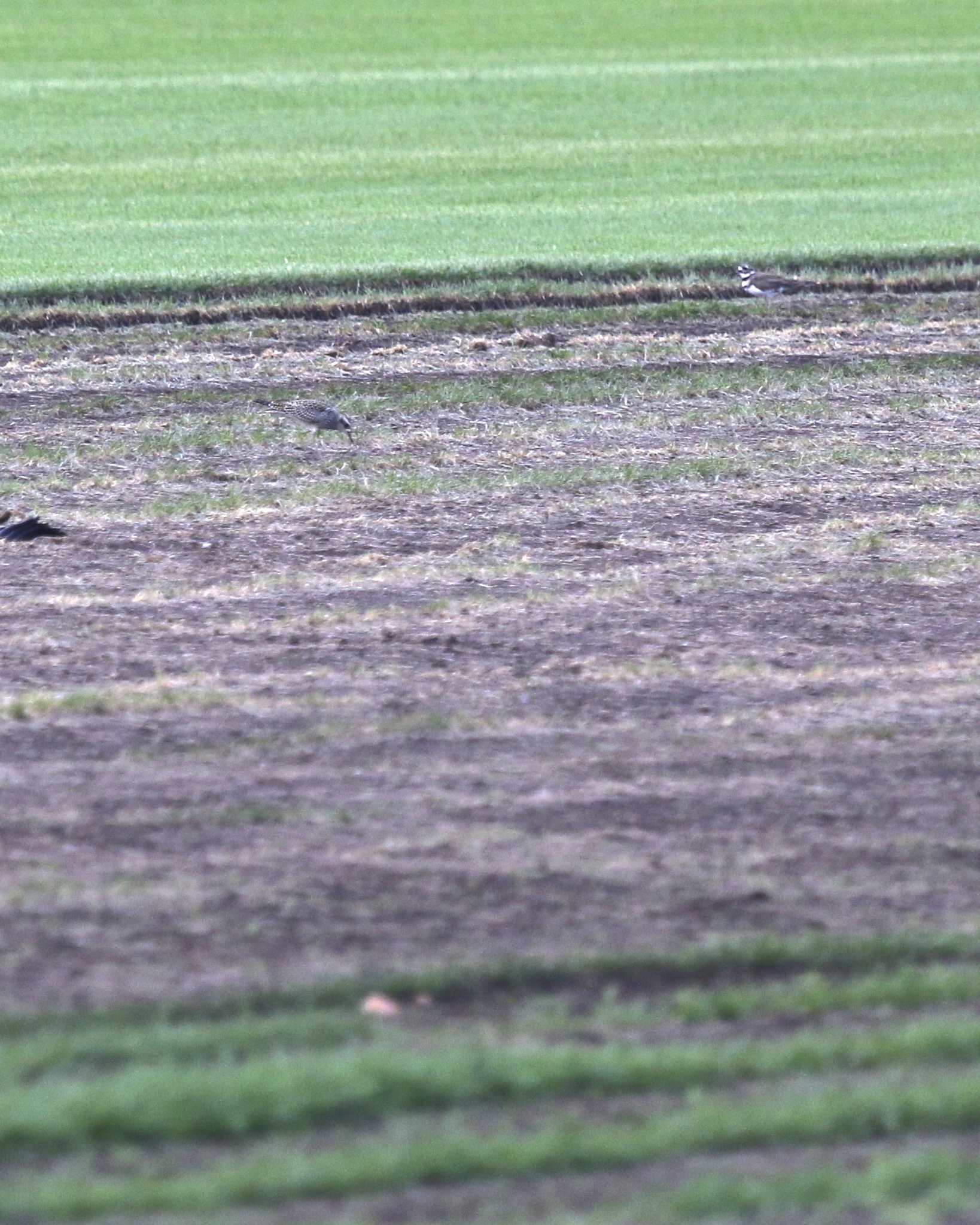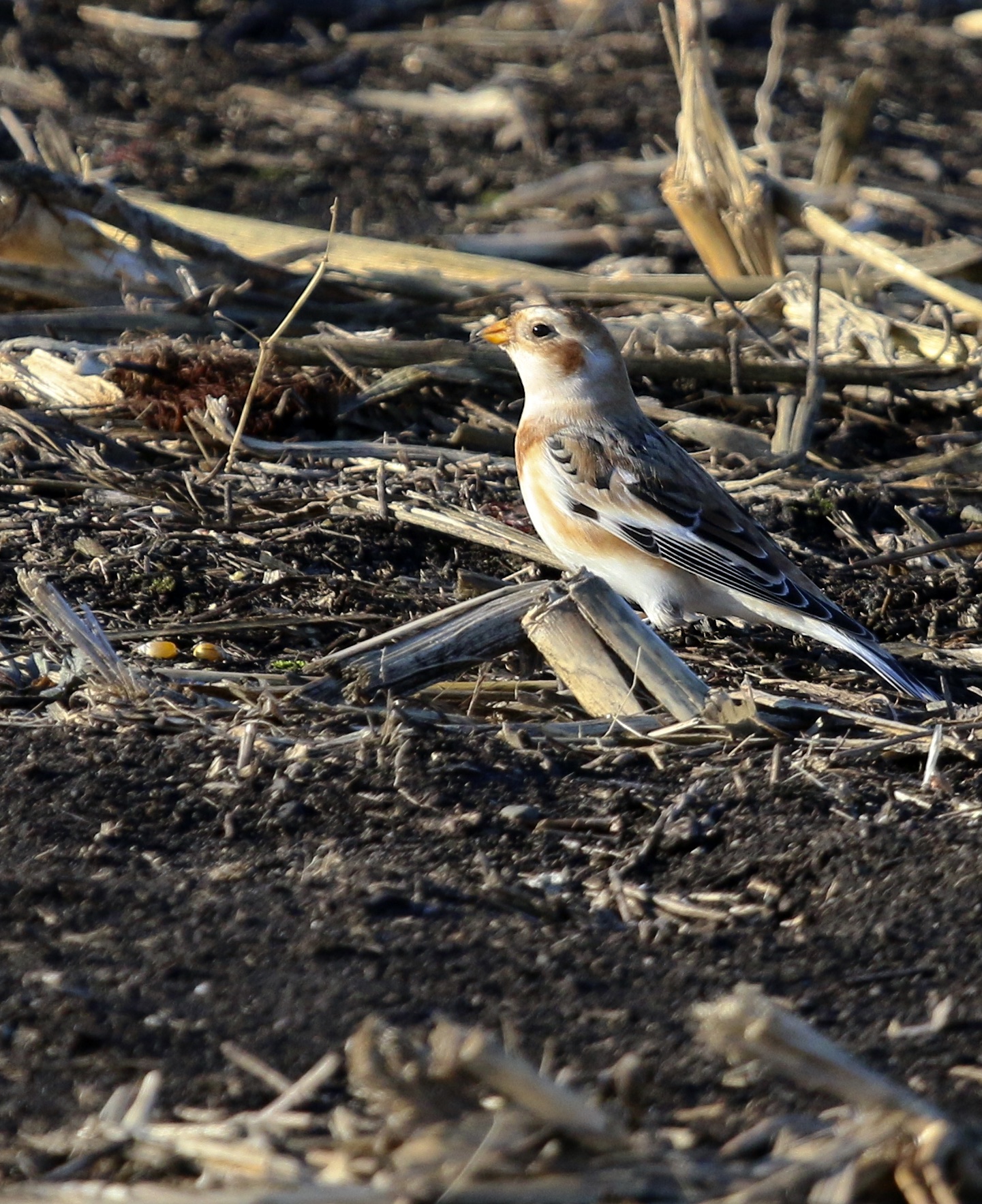
Between the time change and just being very busy lately, today was the first time in a while that I’ve spent any amount of time birding in Orange County. I started out in the black dirt just after sunrise this morning, looking for the Horned Larks, Snow Buntings, and Lapland Longspurs. I found a flock of probably over 100 birds; they were mostly Horned Larks with over 20 Snow Buntings and I was happy to see a handful of American Pipits. I had no luck with longspurs. Two Northern Harriers, a male and a female were keeping the birds on their toes and moving around pretty good. I spent some time with the birds and eventually some landed close enough for some decent photos which made me happy. When falconer showed up and started to fly a Gyrfalcon in the next field, I figured it was a good time to move on.
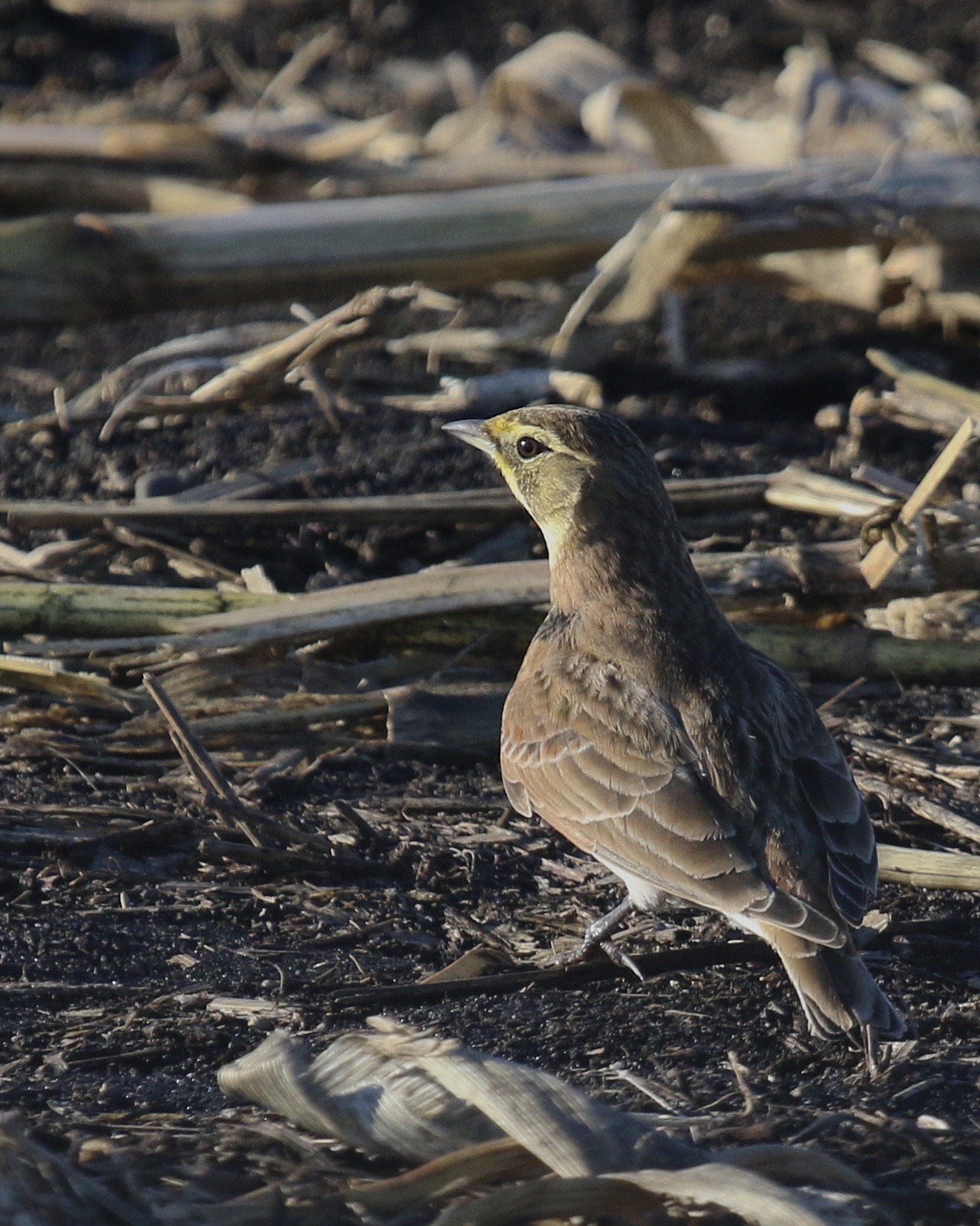
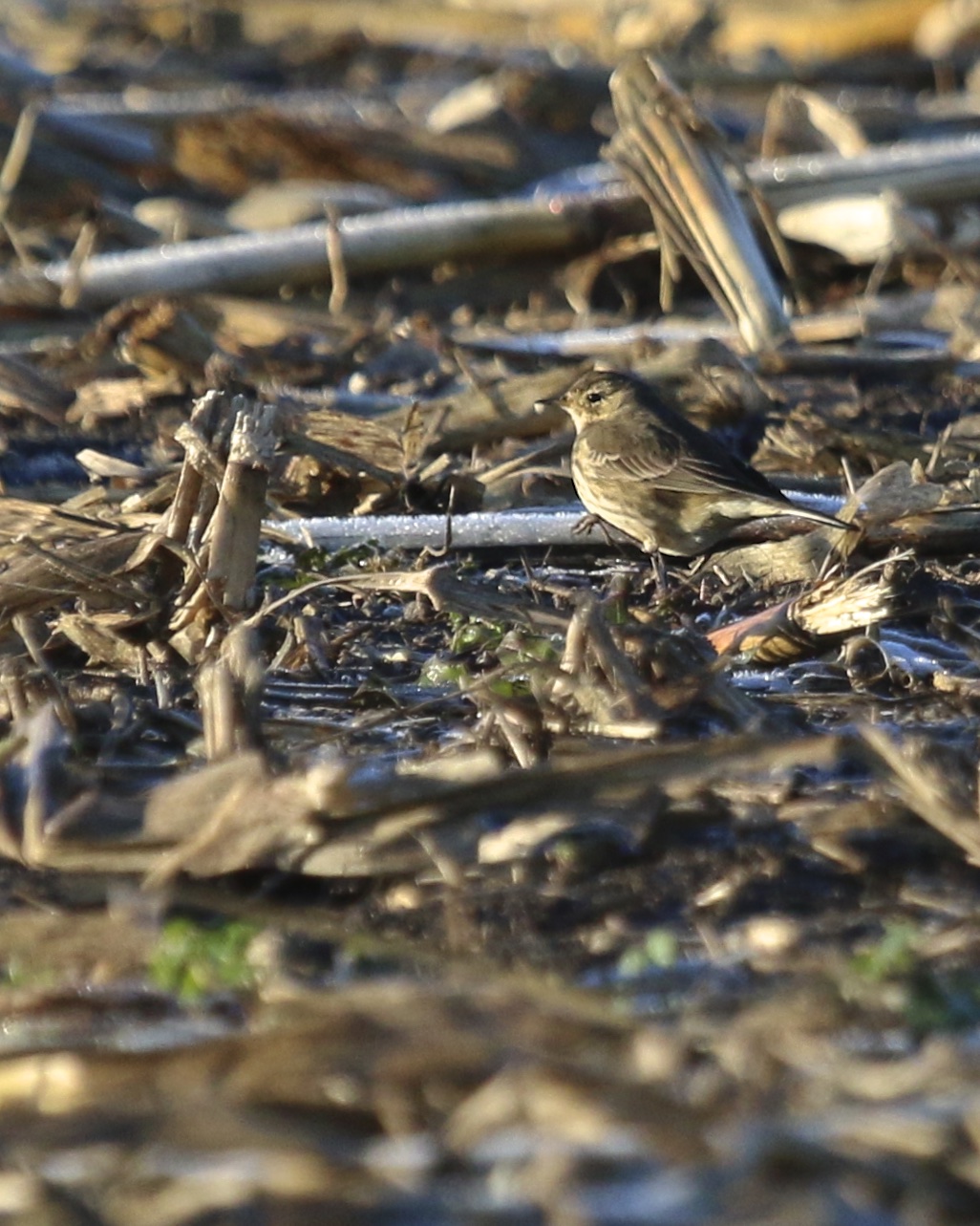
I was also hoping for some waterfowl today. I went to Glenmere Lake and struck out. There were a good number of boats out on the lake, so I figured that was the reason. I also stopped by Wickham Lake two times, which a little more productive:
Mallard (2)
American Black Duck (3)
Bufflehead (17)
Lesser Scaup (1)
Ruddy Duck (7)
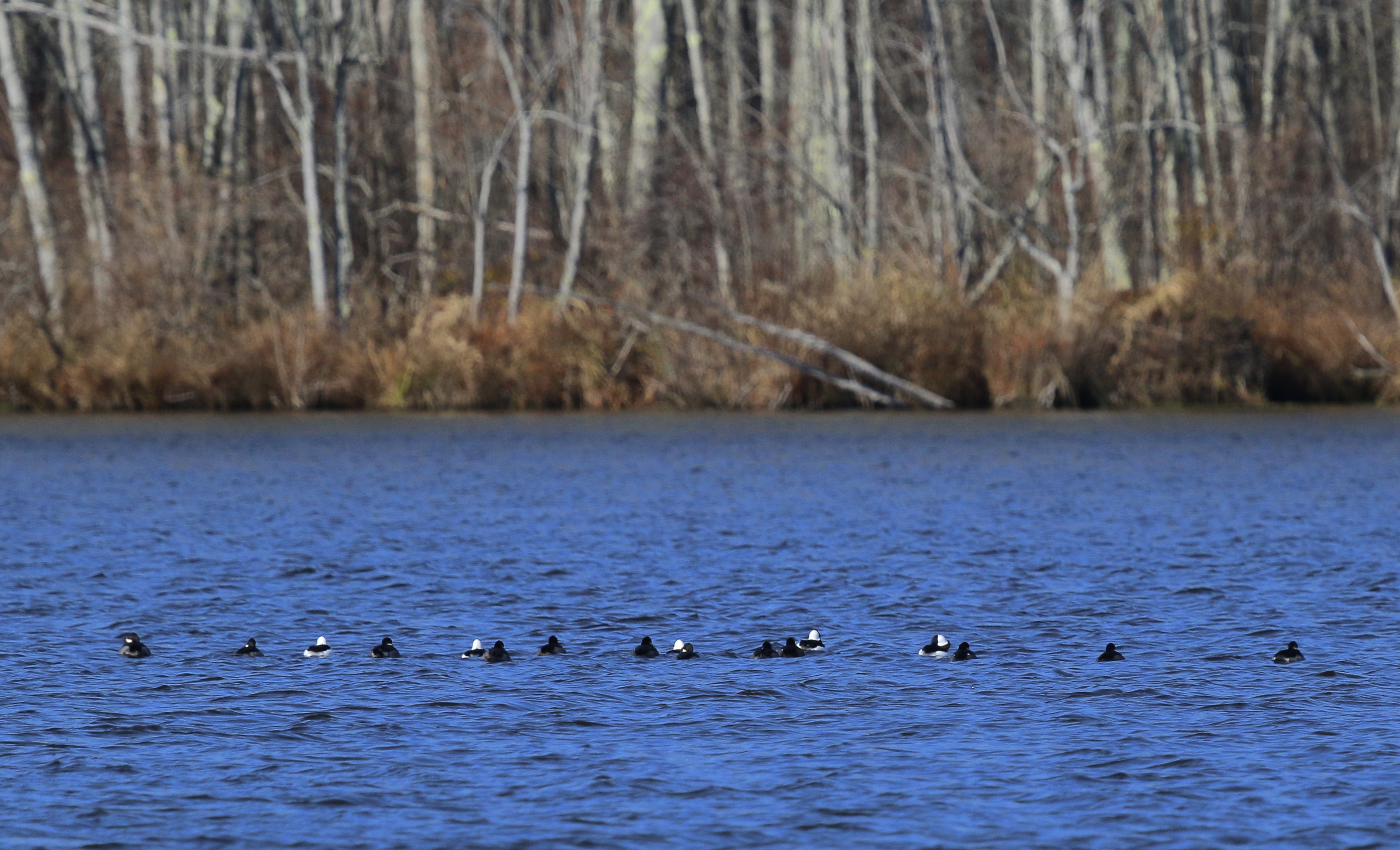
Between the two Wickham Lake stops, I spent a couple of hours at Mount Peter helping official counter for the day, Tom Millard. It was the final day of the hawkwatch season, and although it was slow day for migrating hawks, I did manage to get some decent photos. Just after I arrived, a Sharp-shinned Hawk appeared just over the trees and continued directly over the viewing platform. Not long after that, a Cooper’s Hawk shot in front of the platform and disappeared into the woods. I wasn’t quick enough on the draw to get photos of the Coop, but when a young Red-Shouldered Hawk took the same line a little while later I was able to get a few shots. I should mention that Saturday’s count was super (of course it was, I was supposed to count but had to work!). They had a total of 160 migrating raptors, including 130 Red-tailed Hawks and an immature GOLDEN EAGLE, the final bird of the day.
On my way home, I made one final stop at the Citgo Pond. I had a hunch there might be some interesting waterfowl present, but my hunch did not come to fruition, as I only found: Mallard (9), Northern Shoveler (4), and Green-winged Teal (18). It felt good to back in action here in Orange County!


